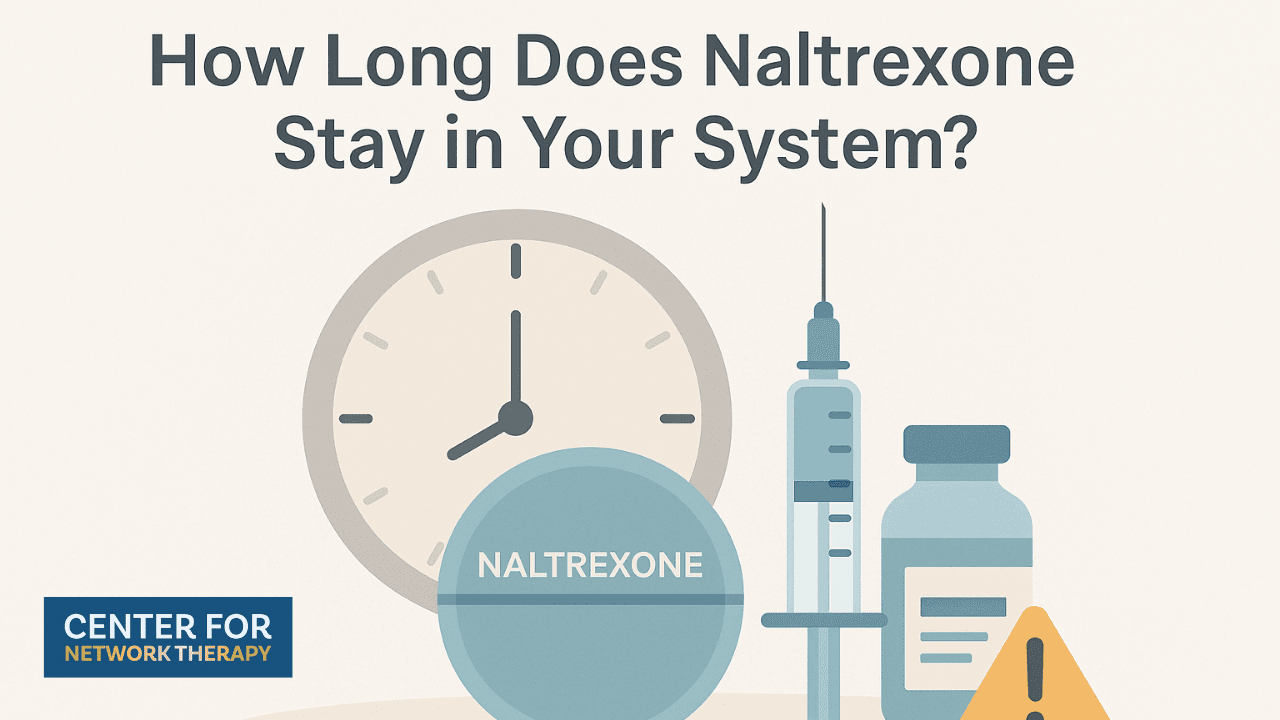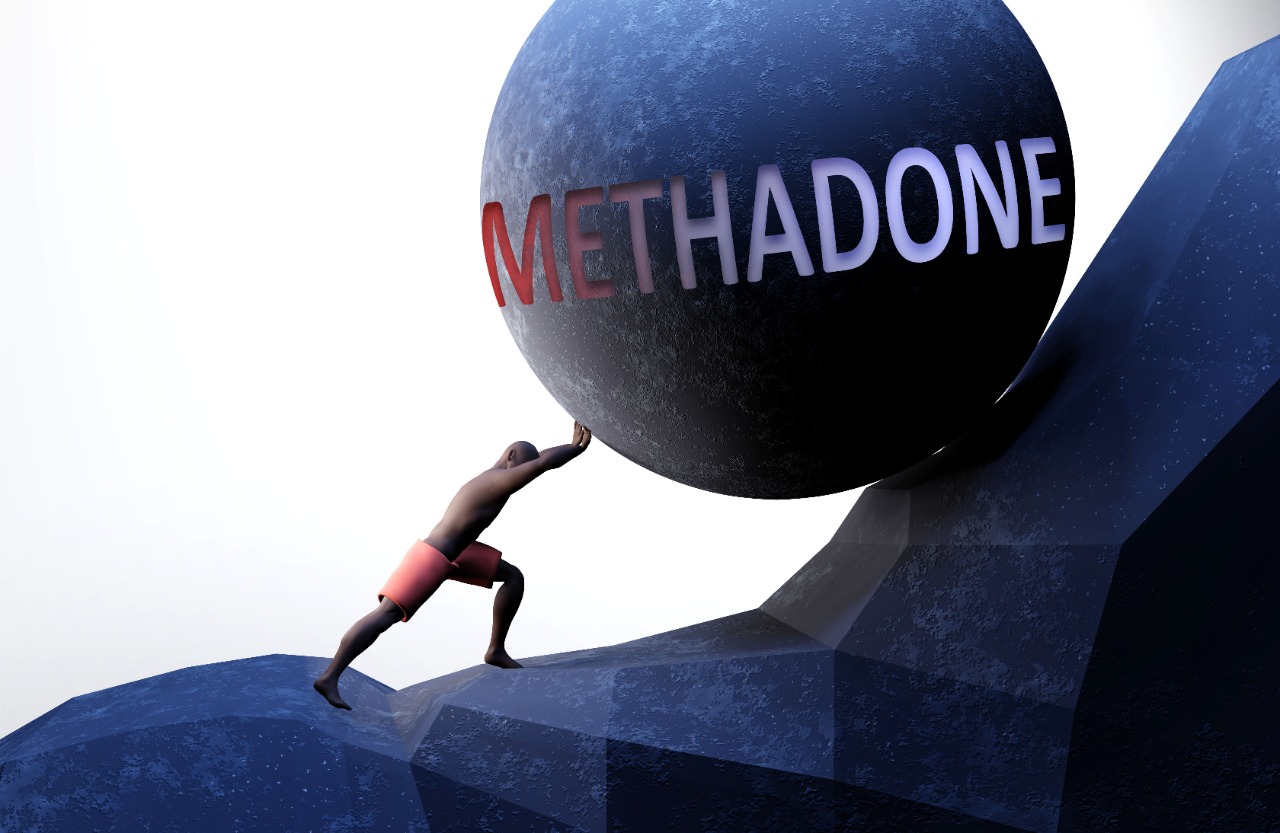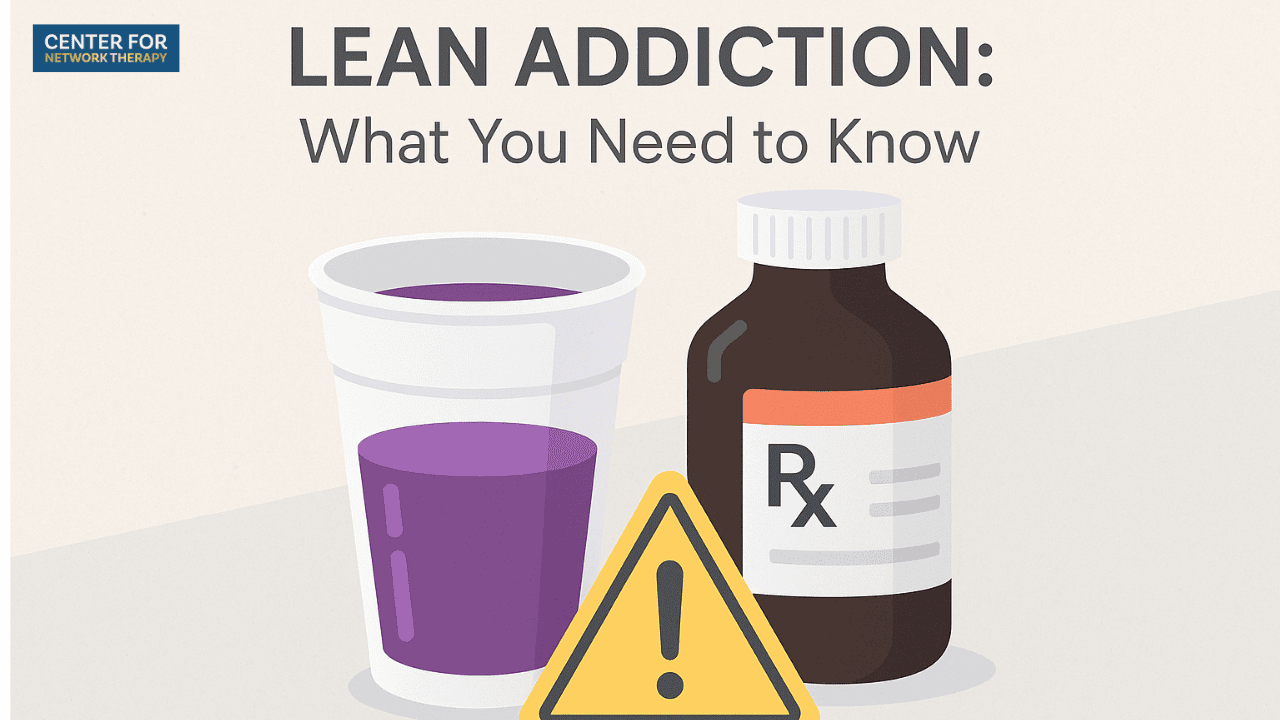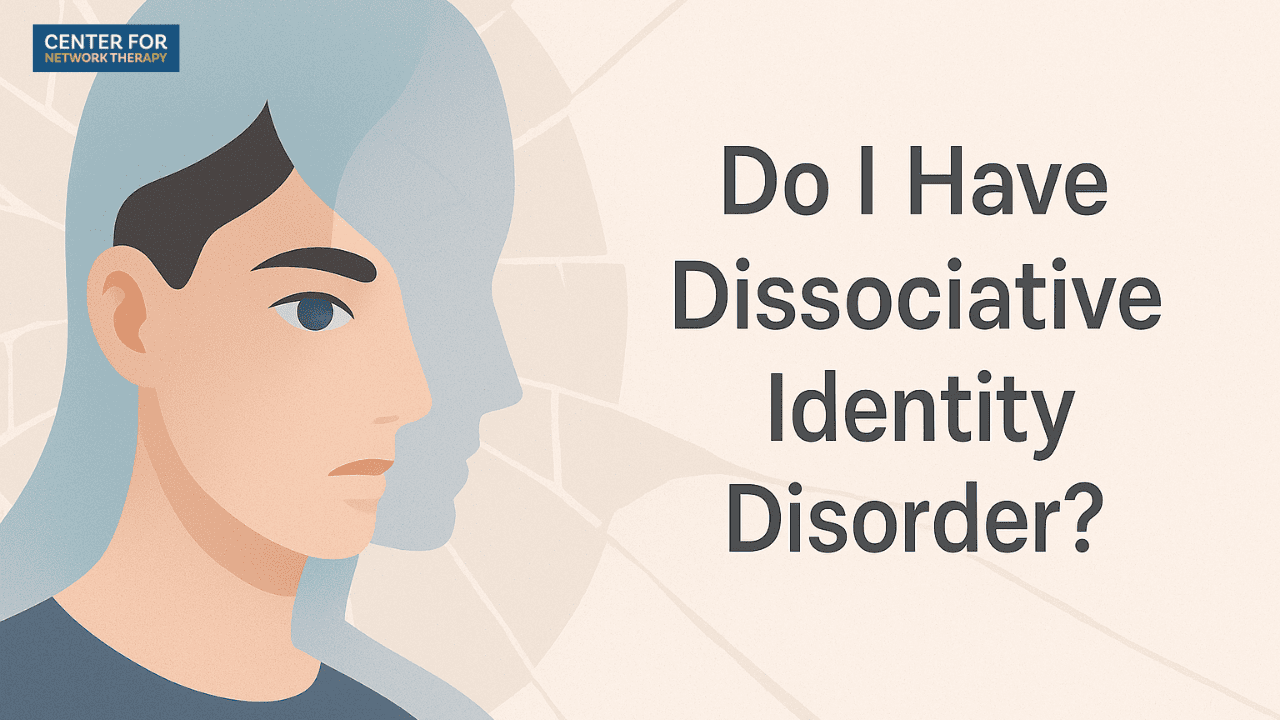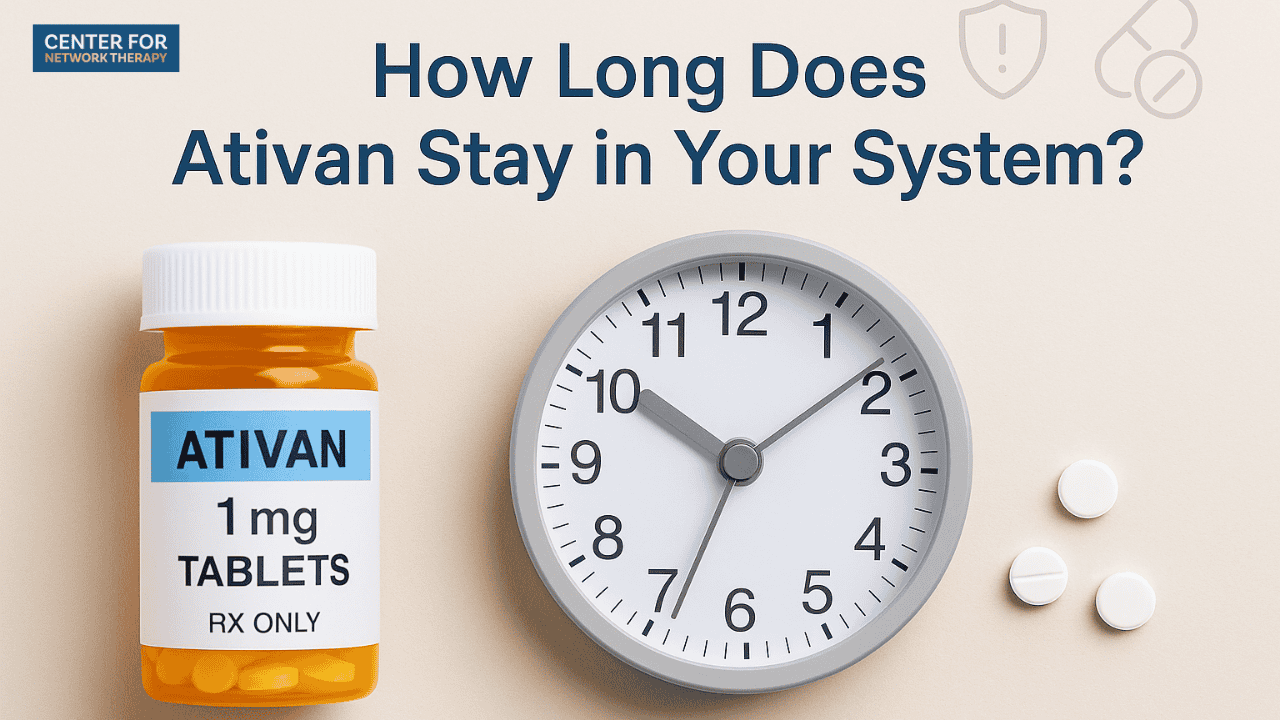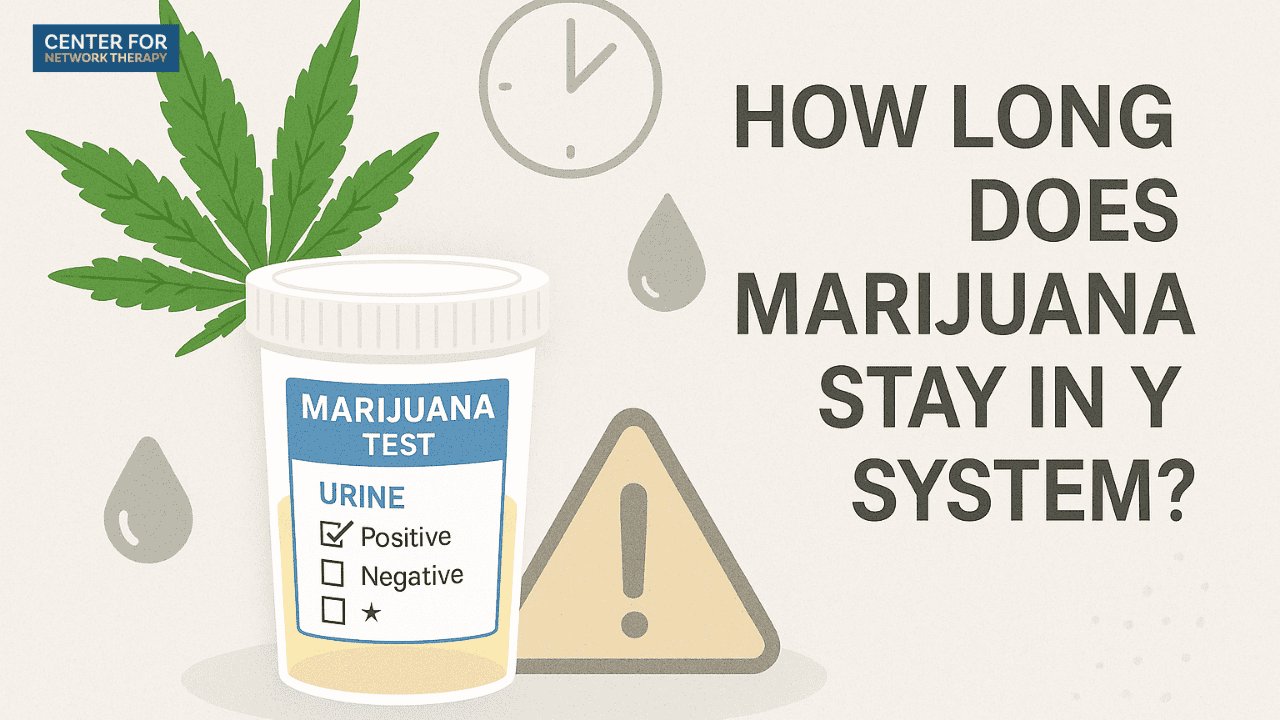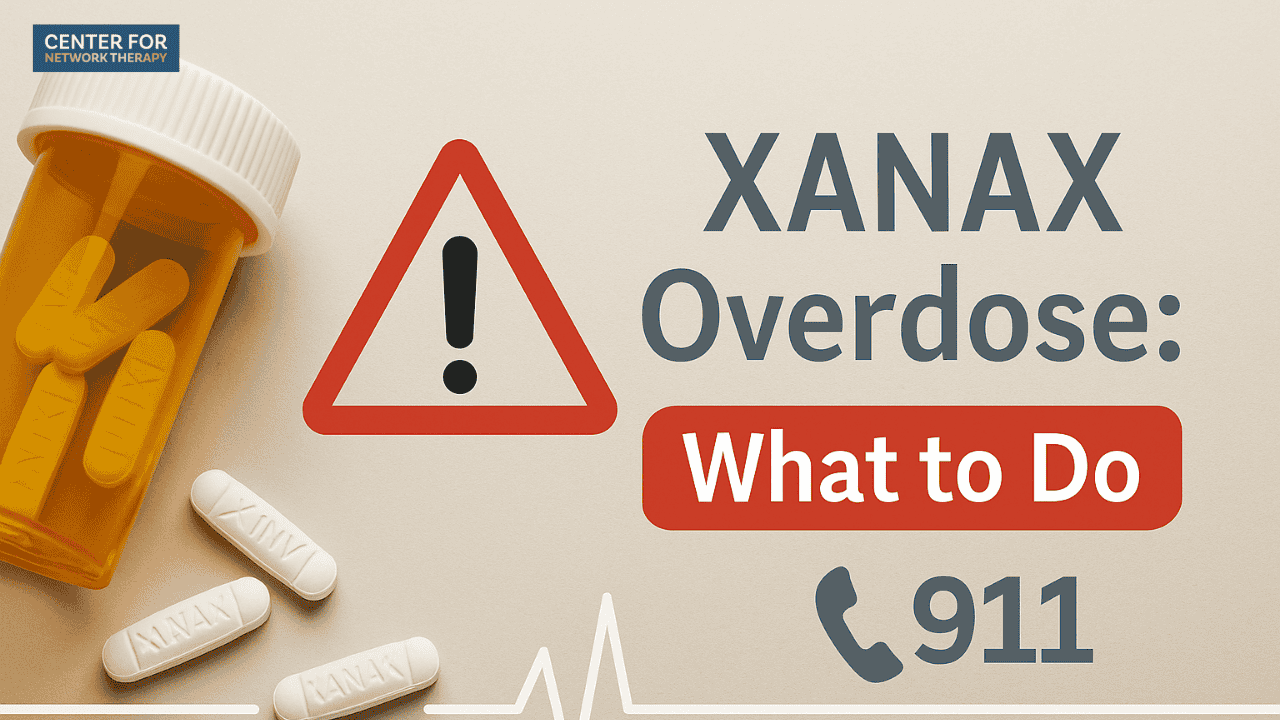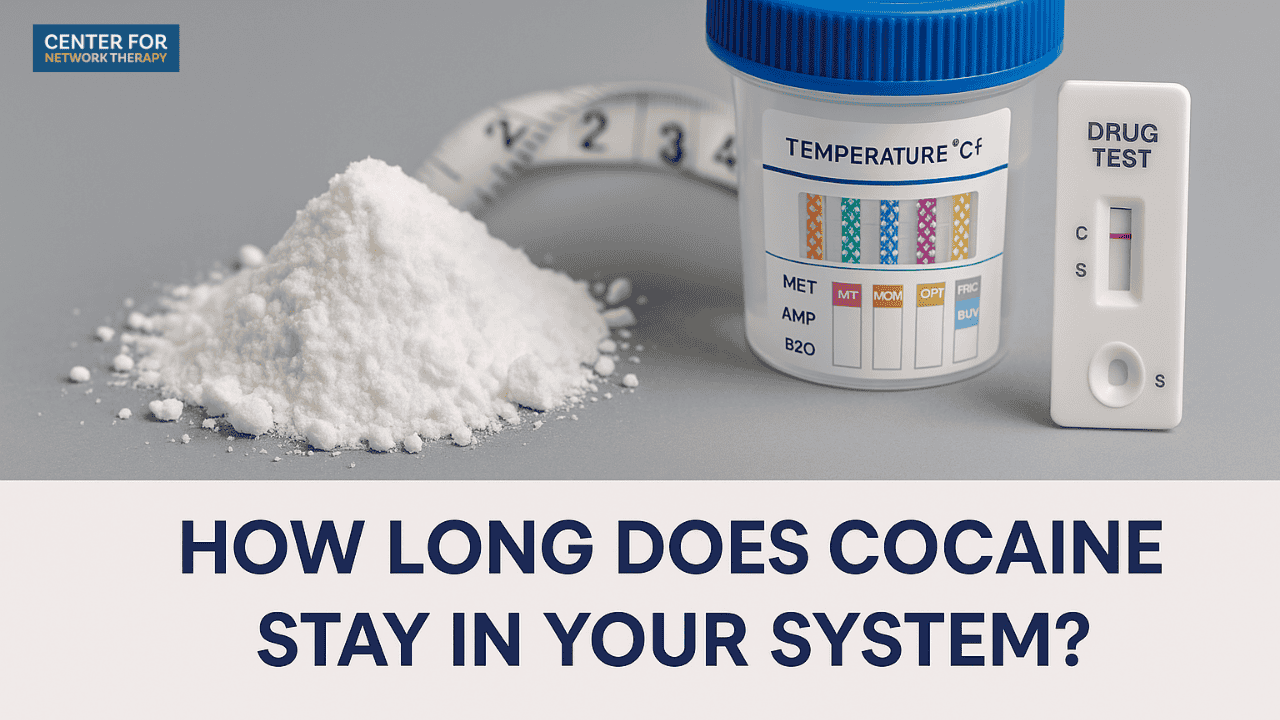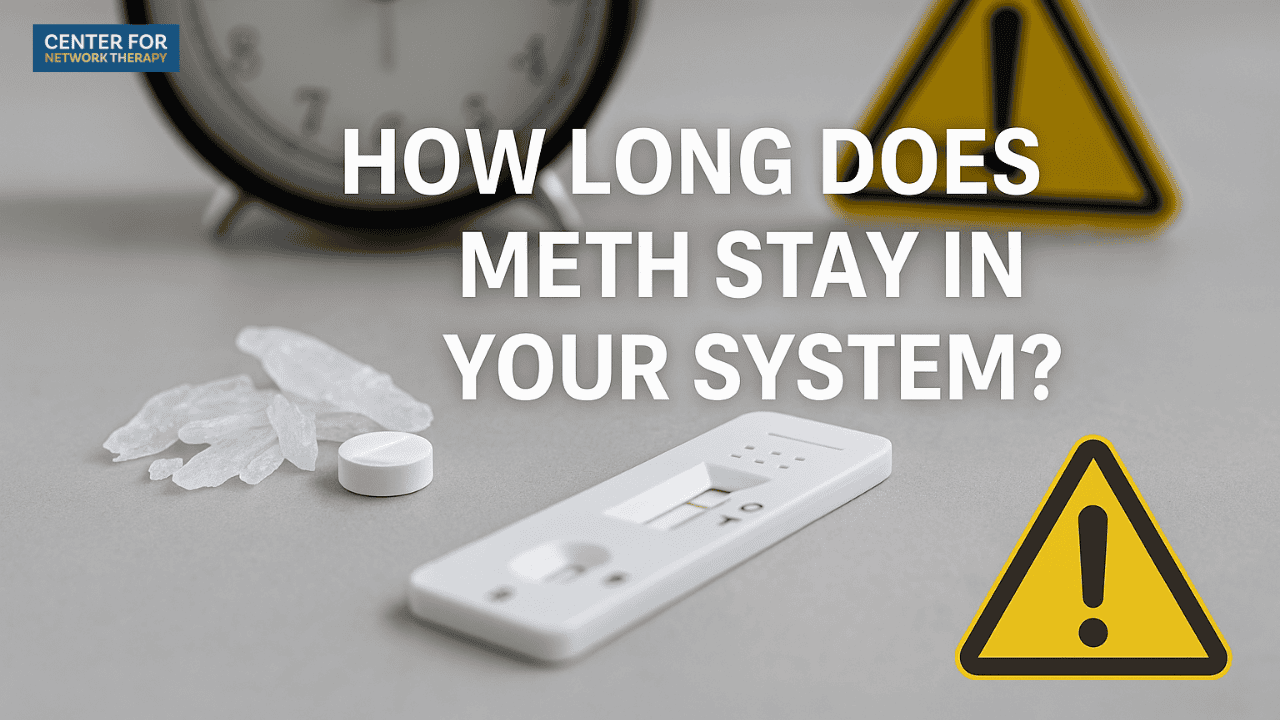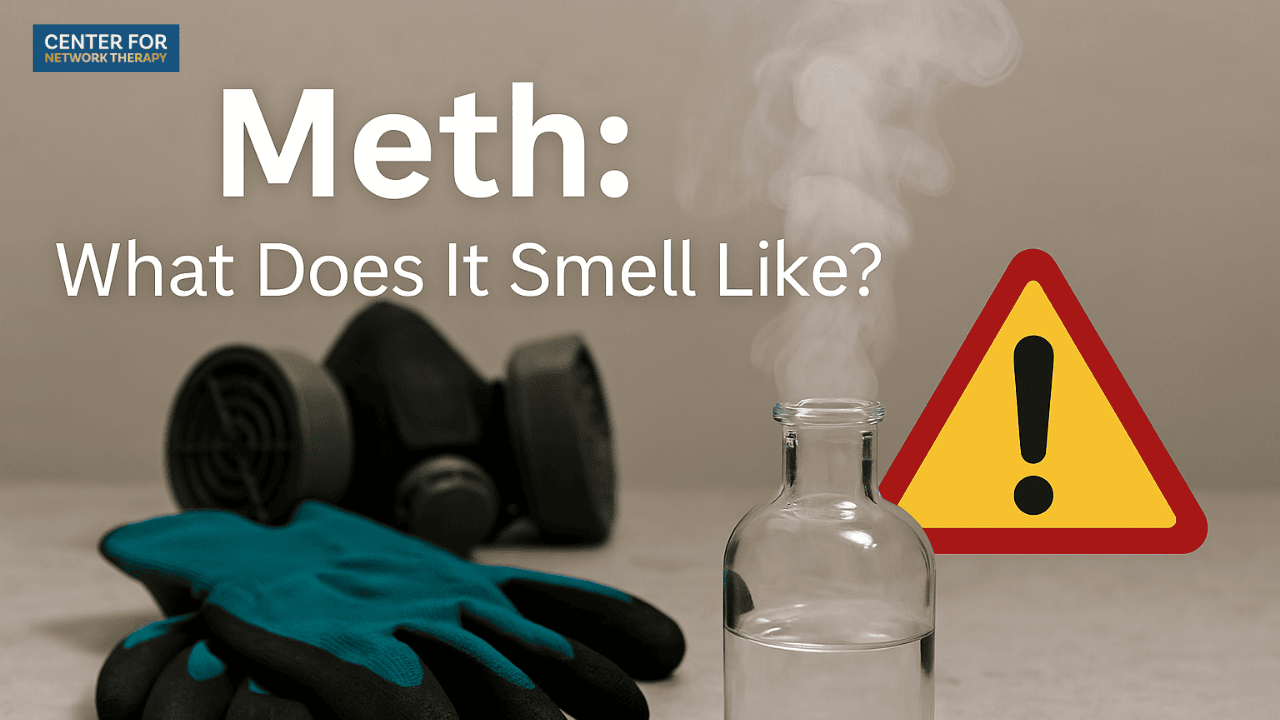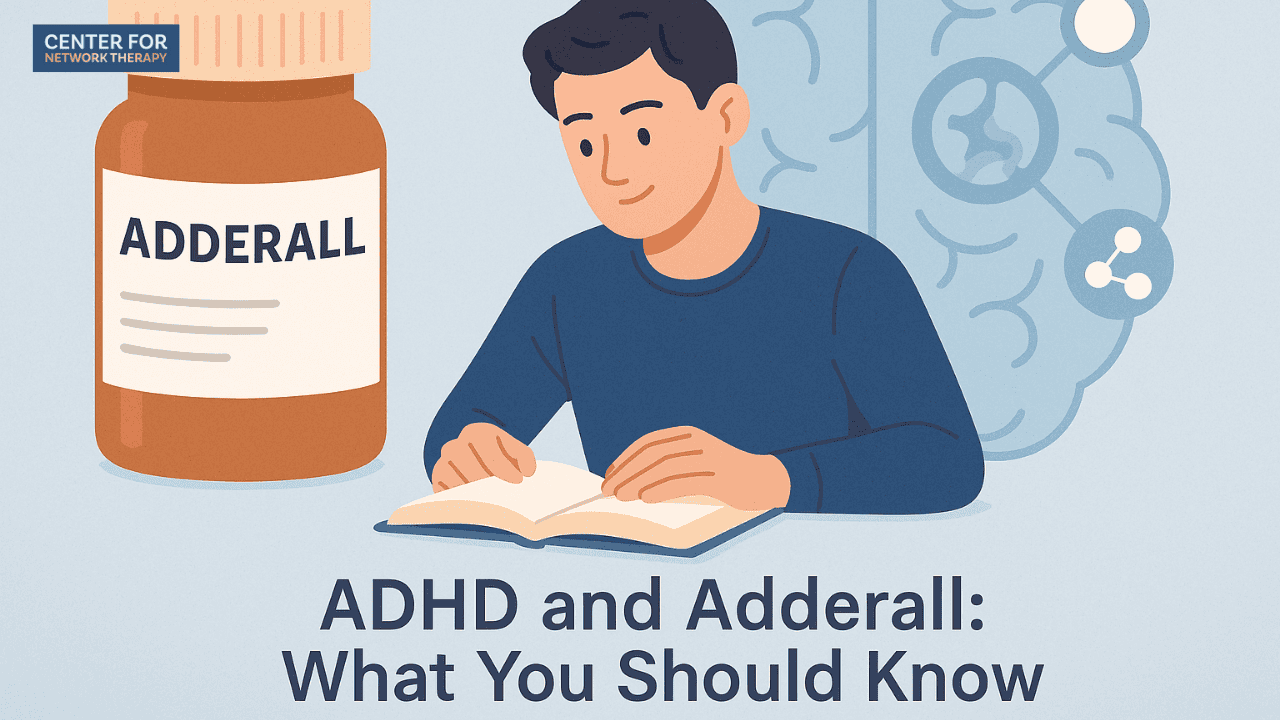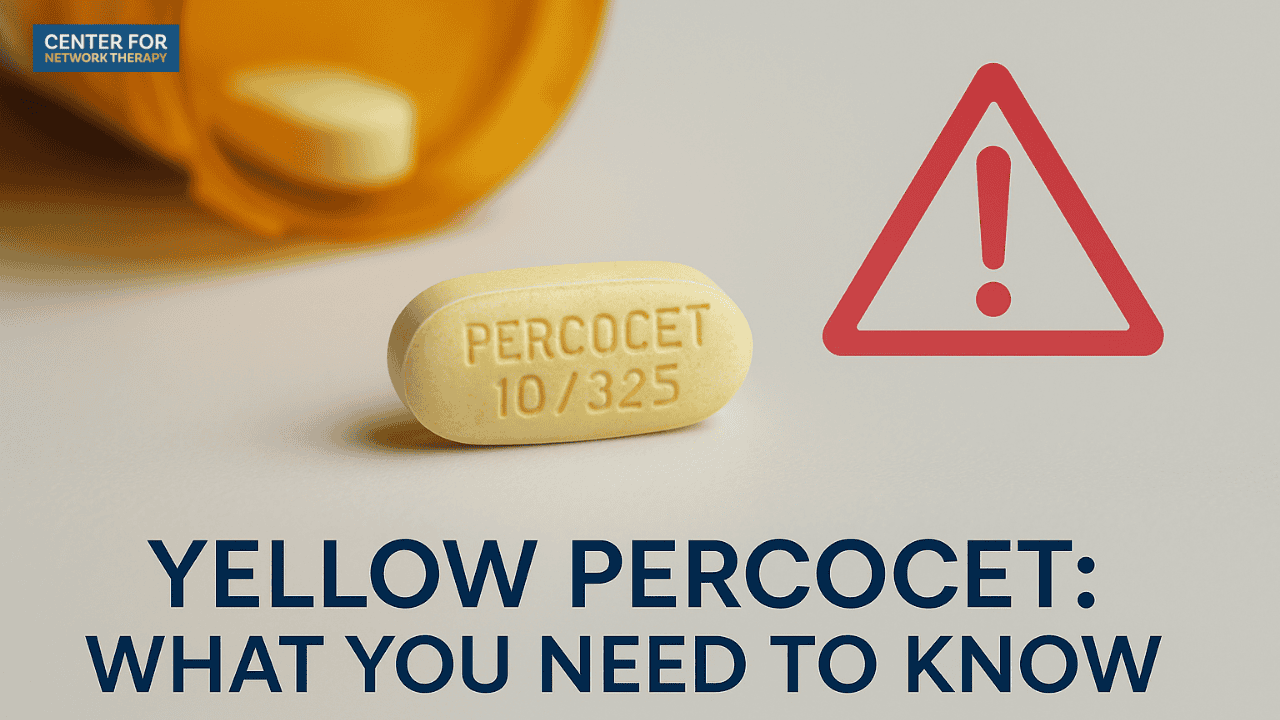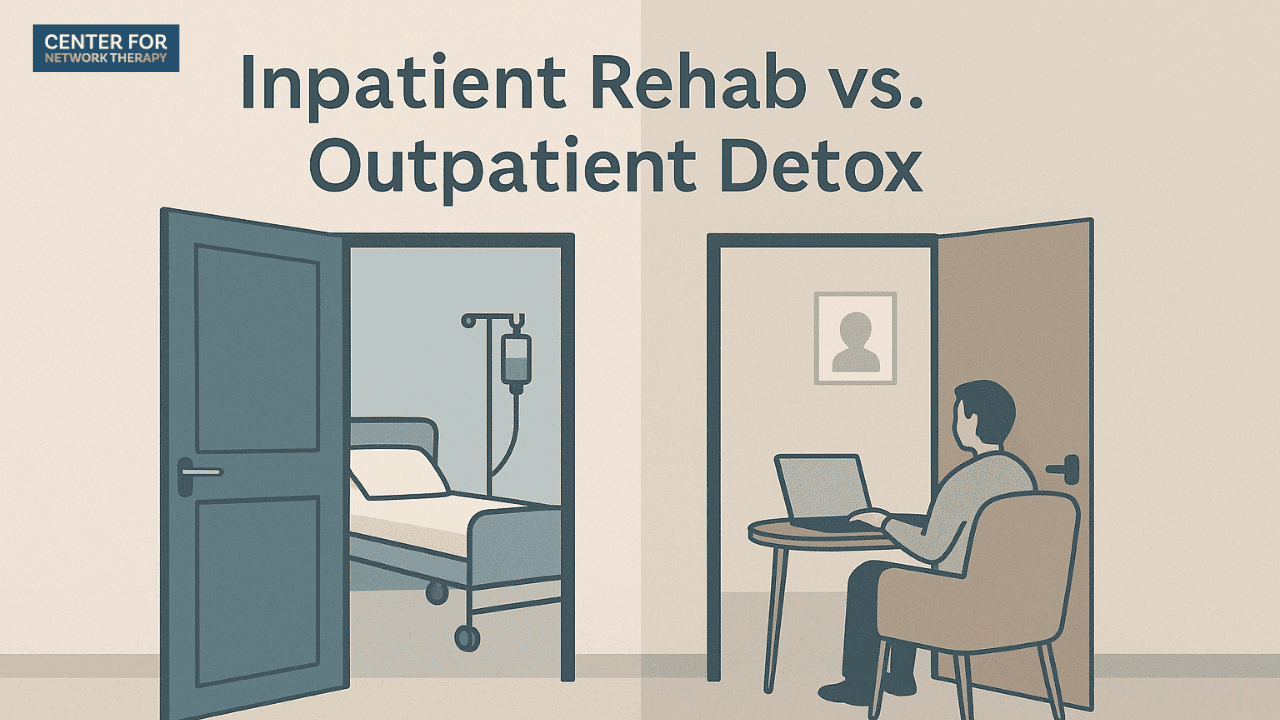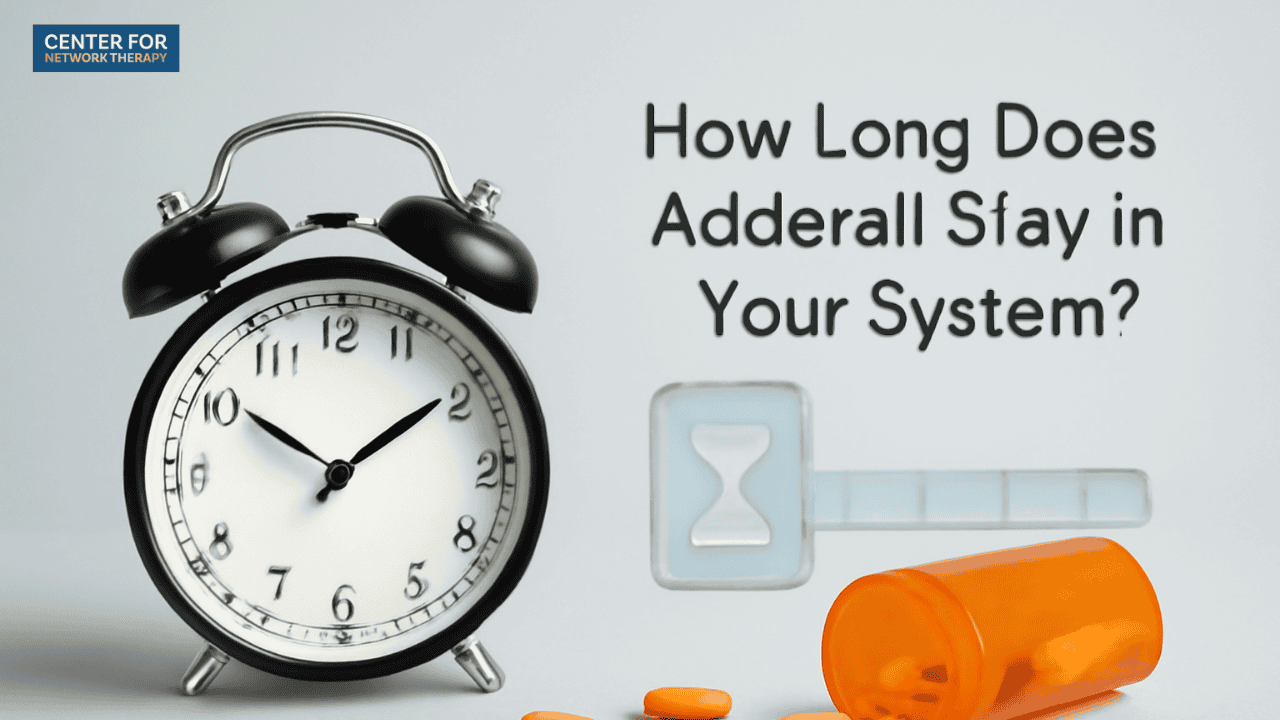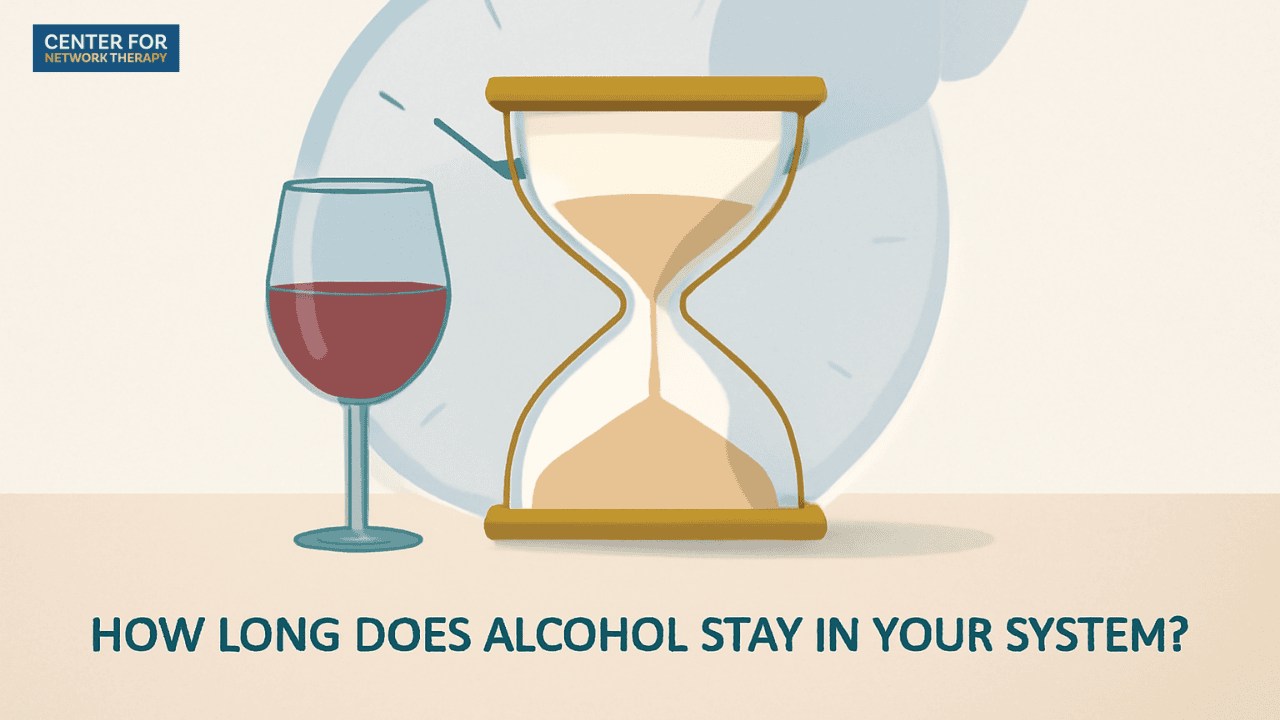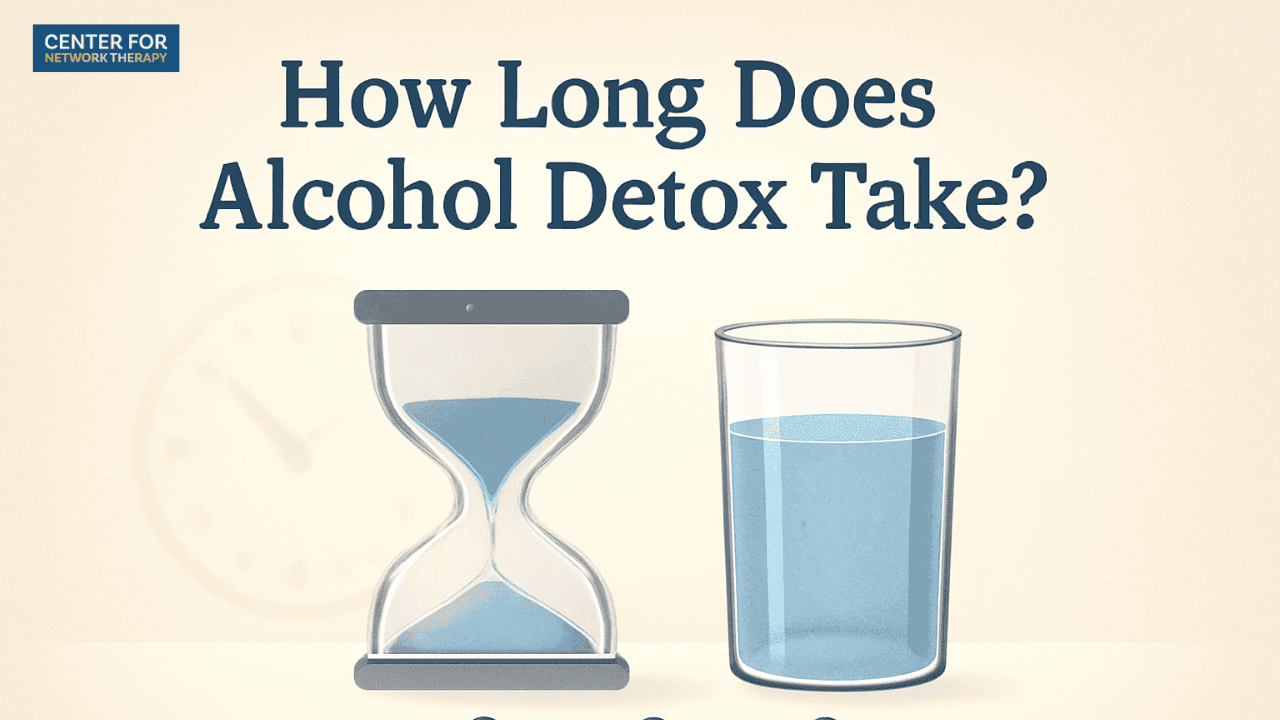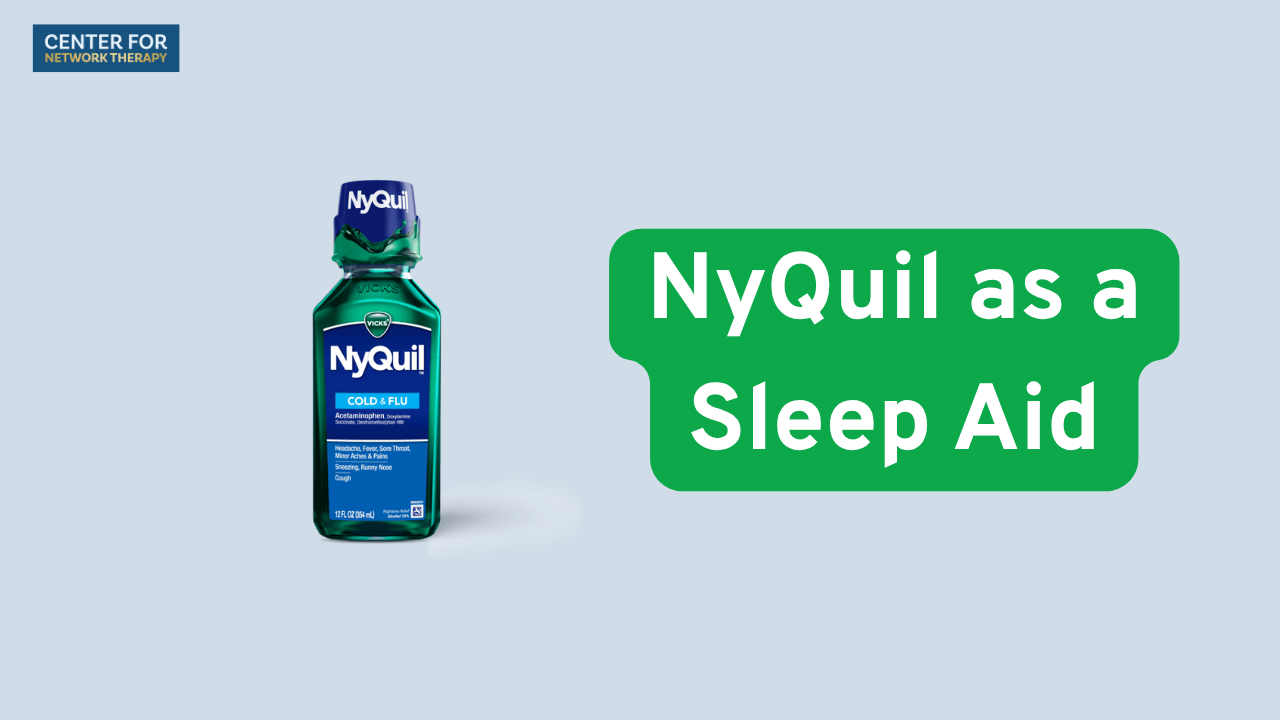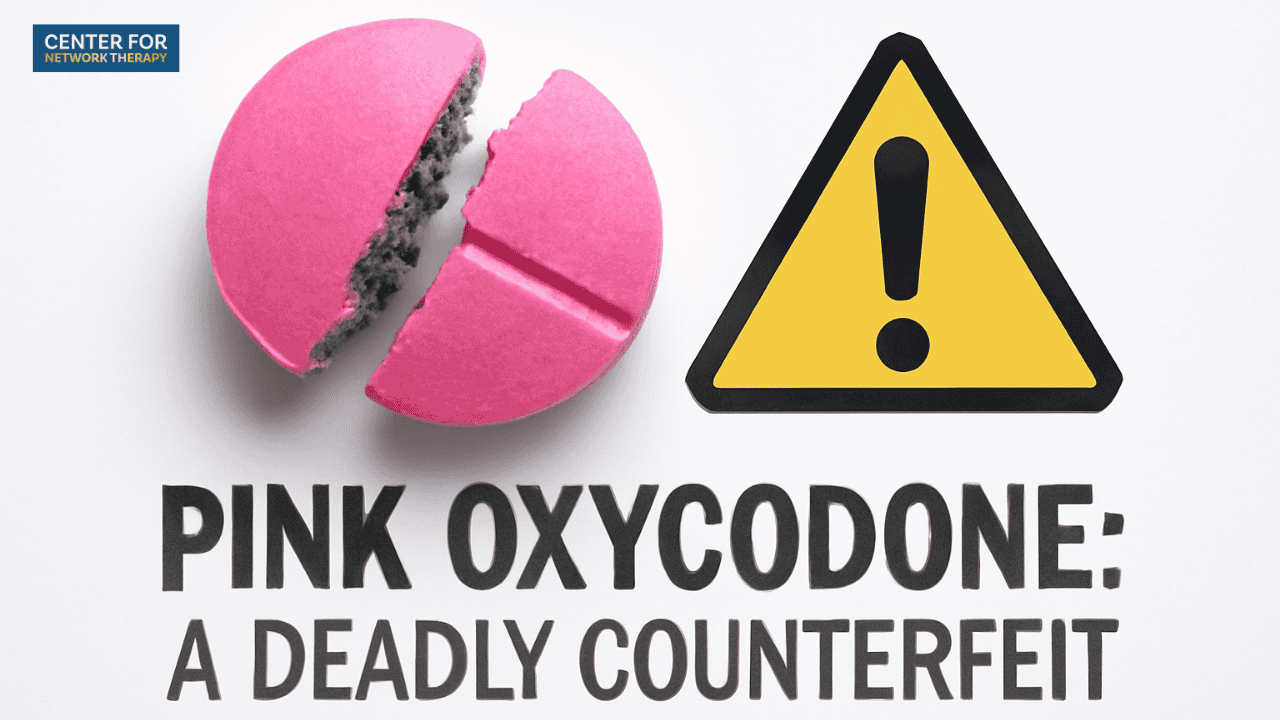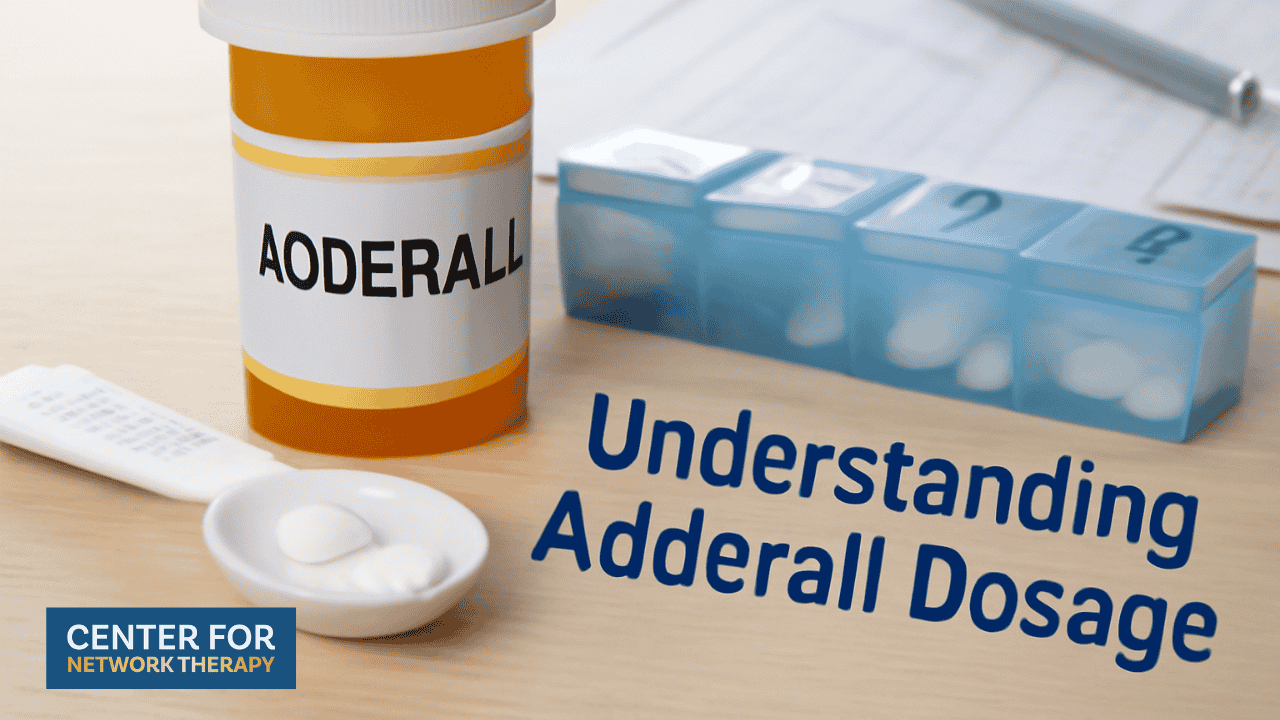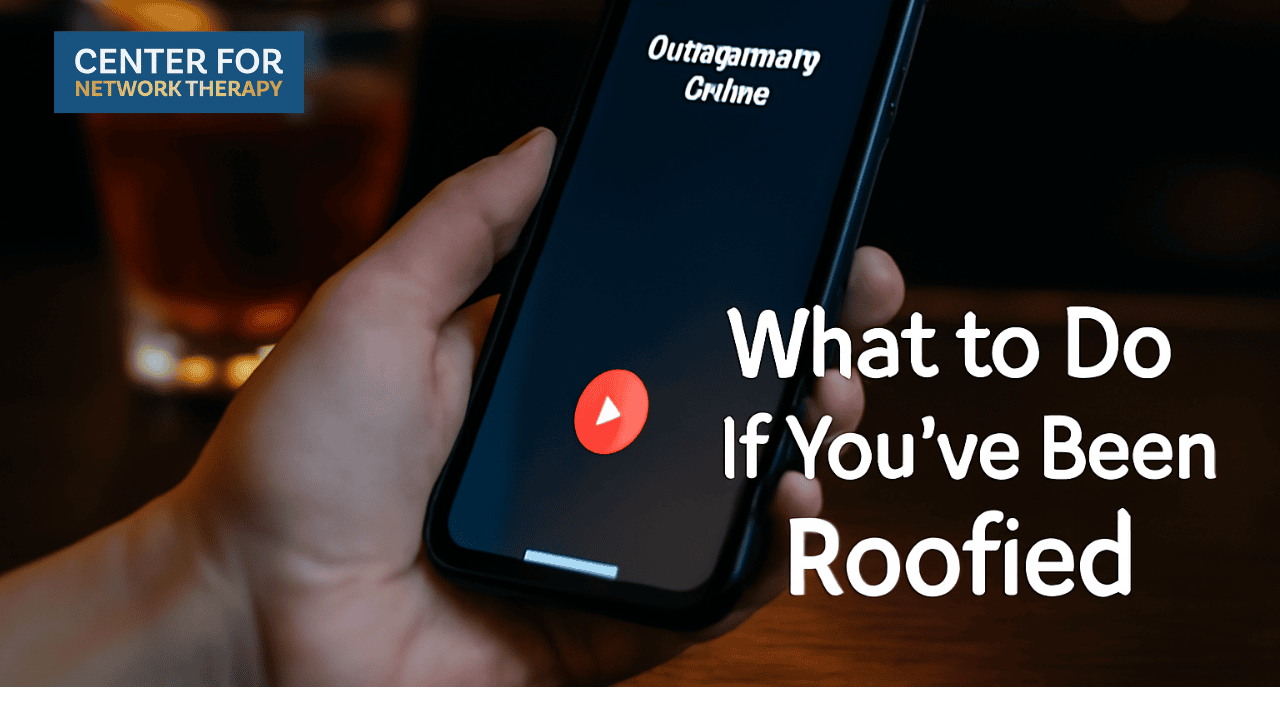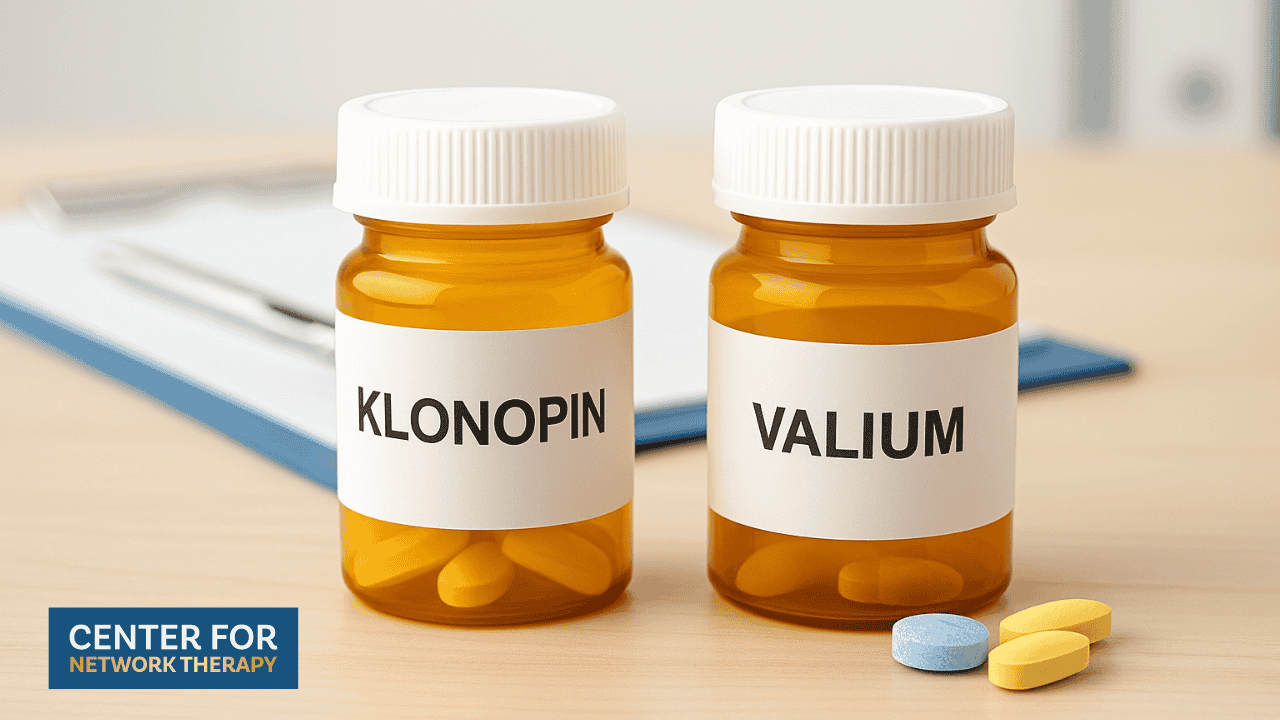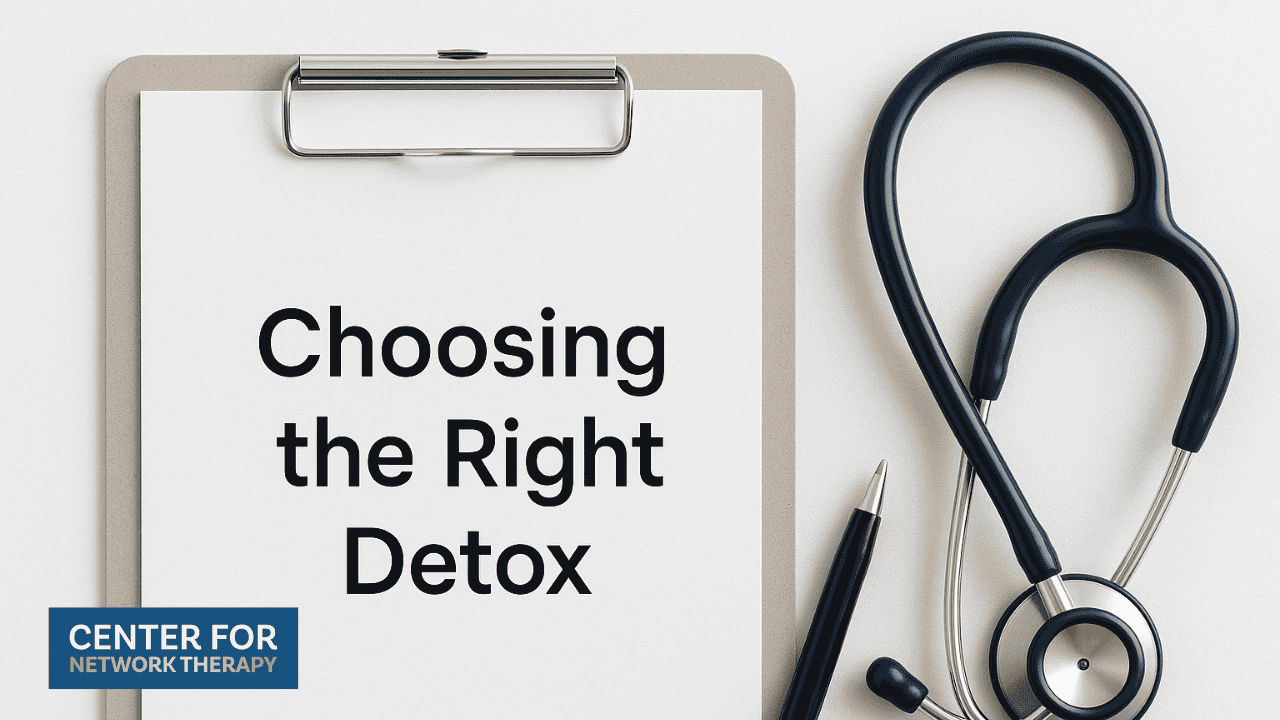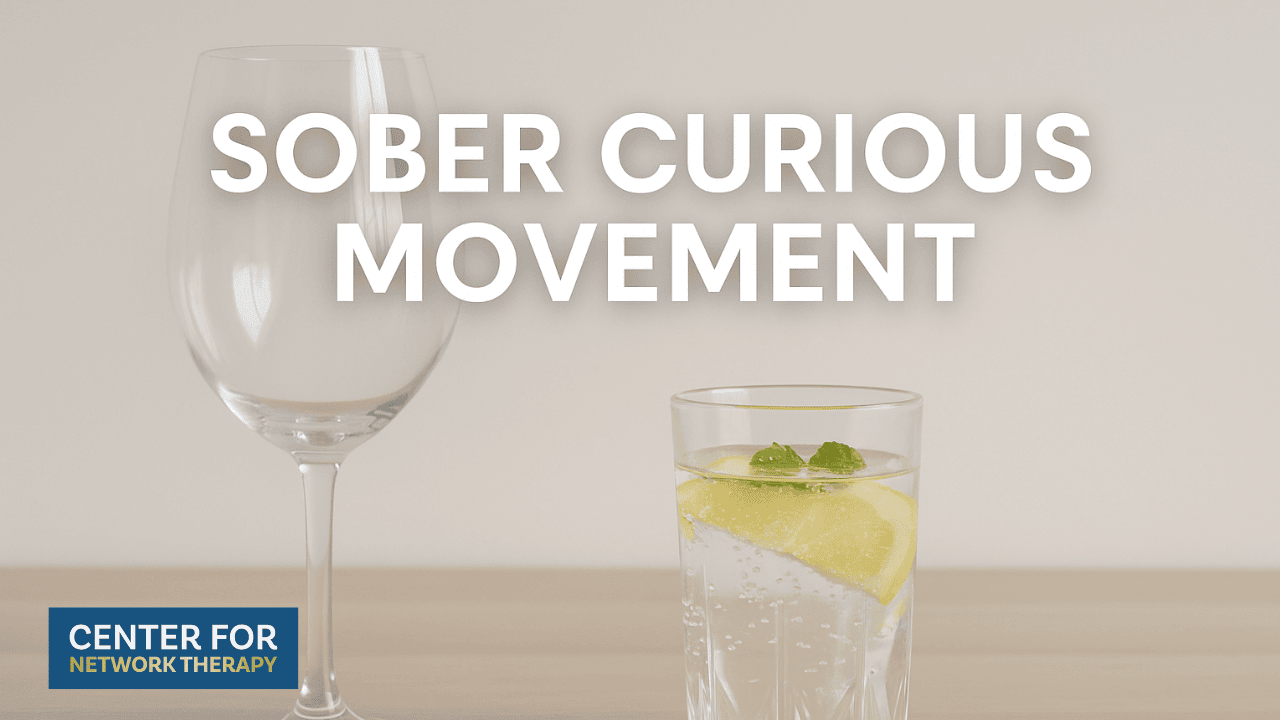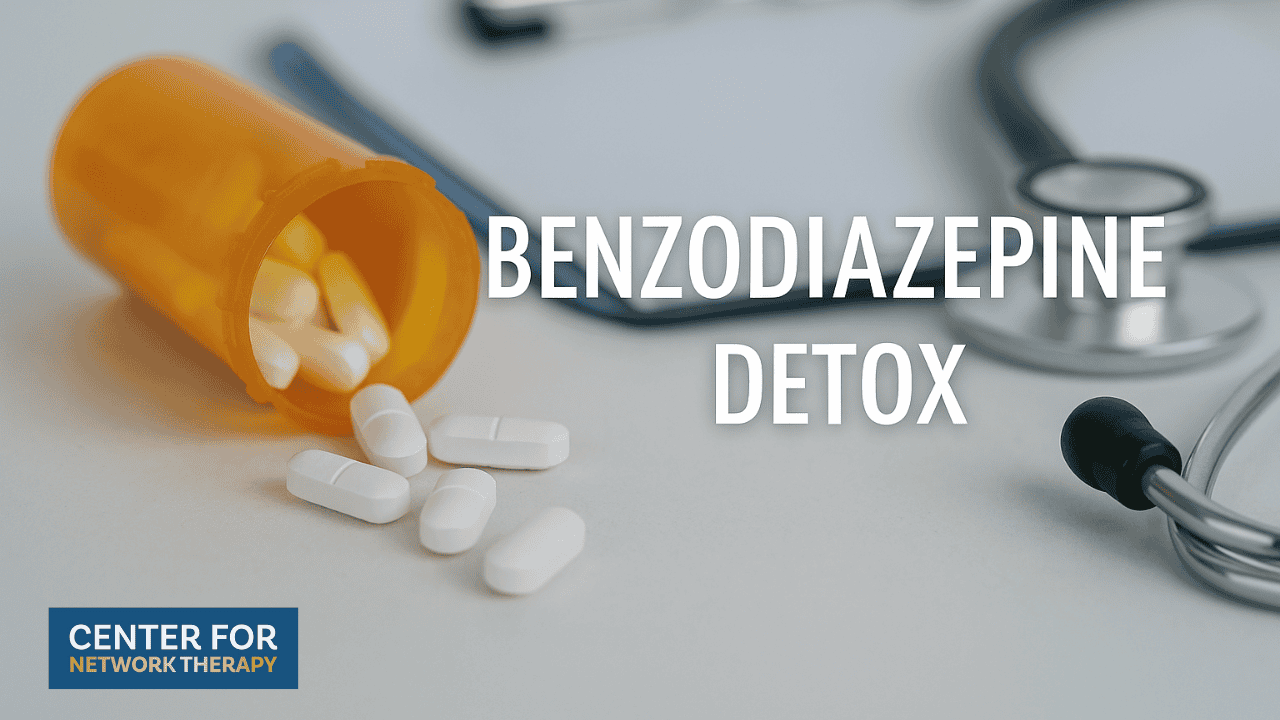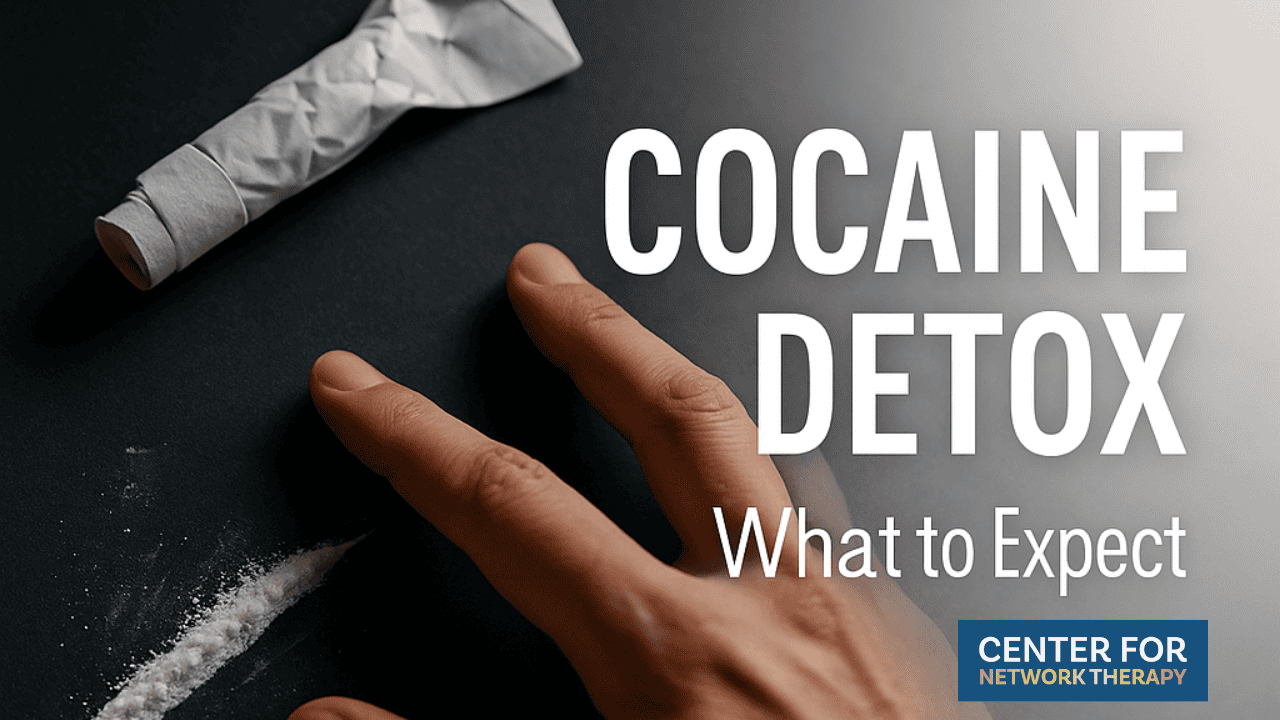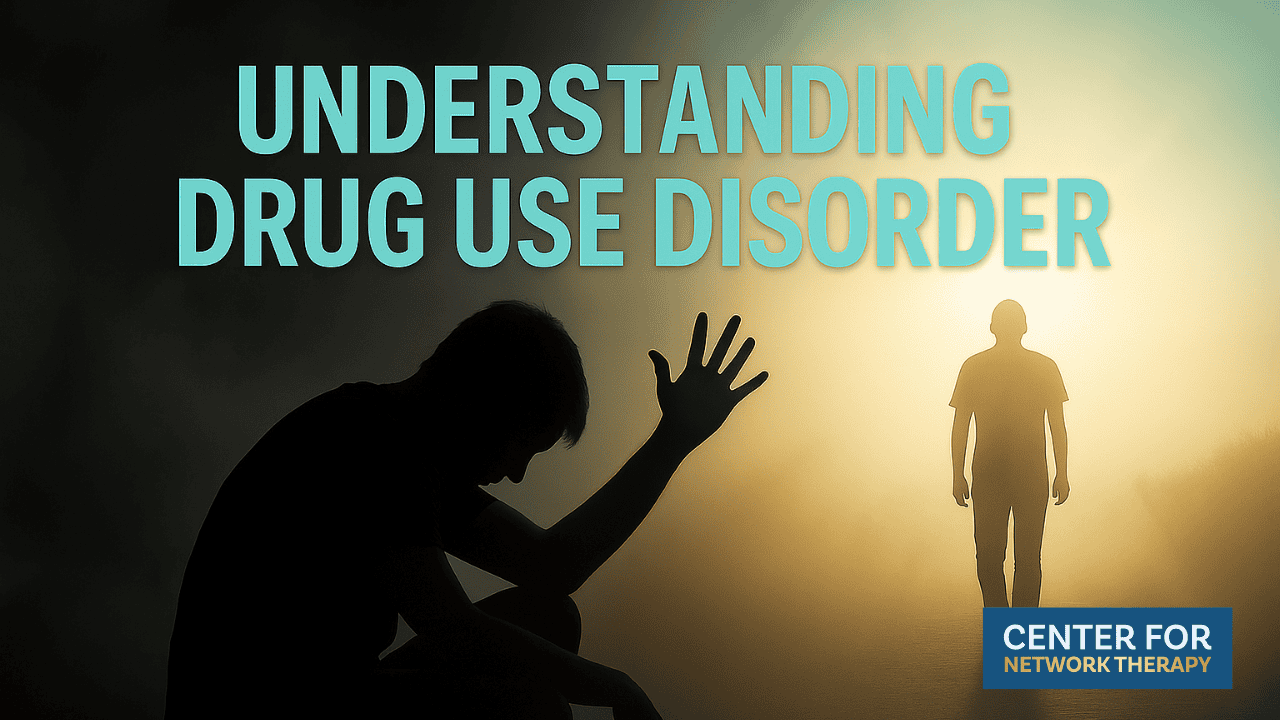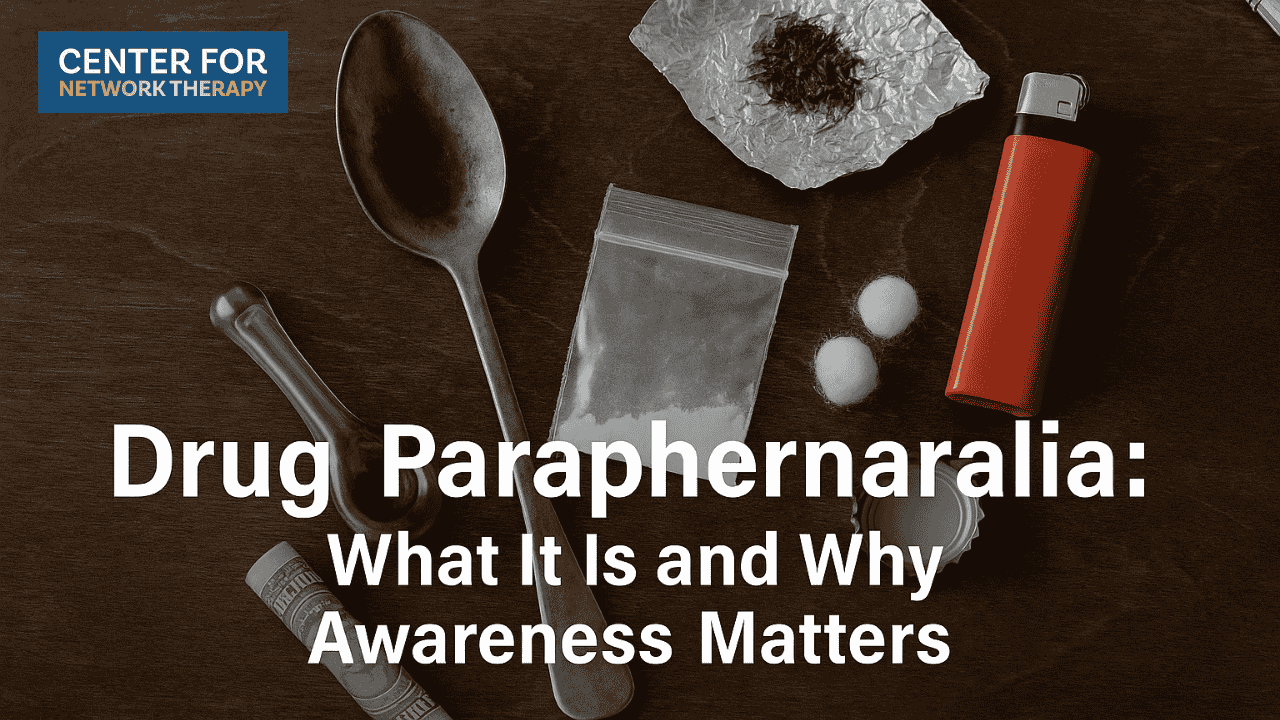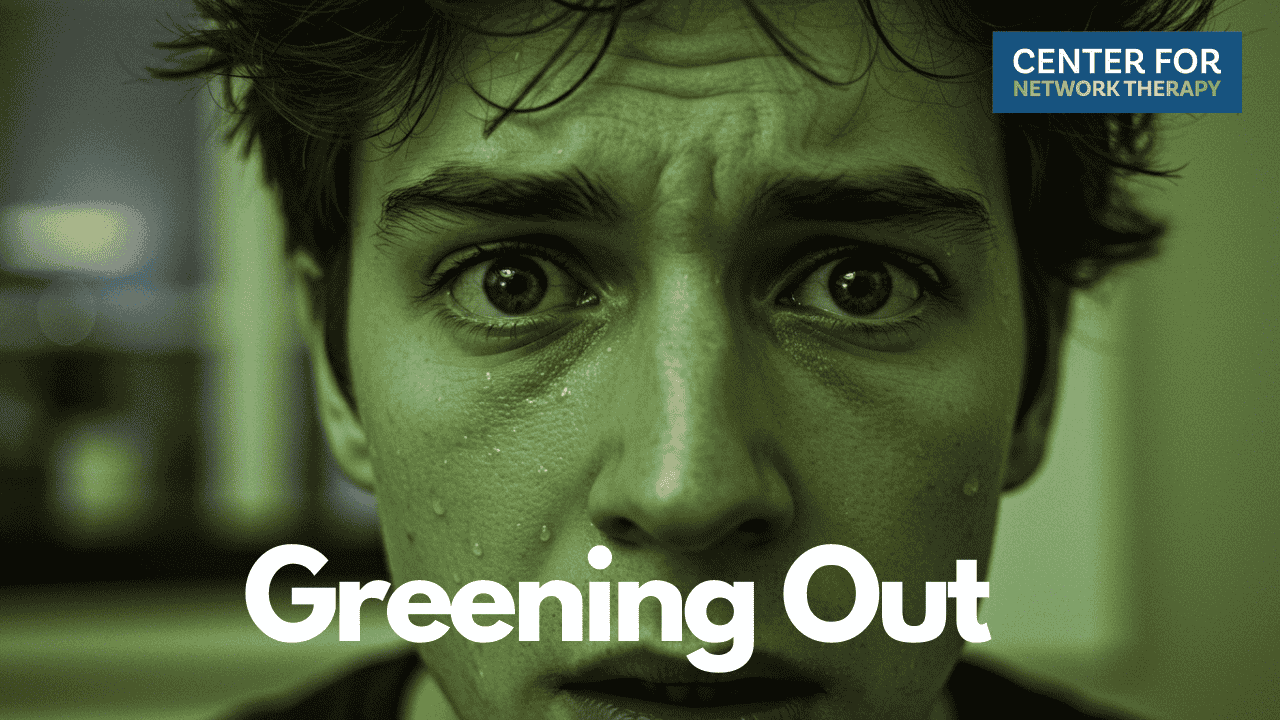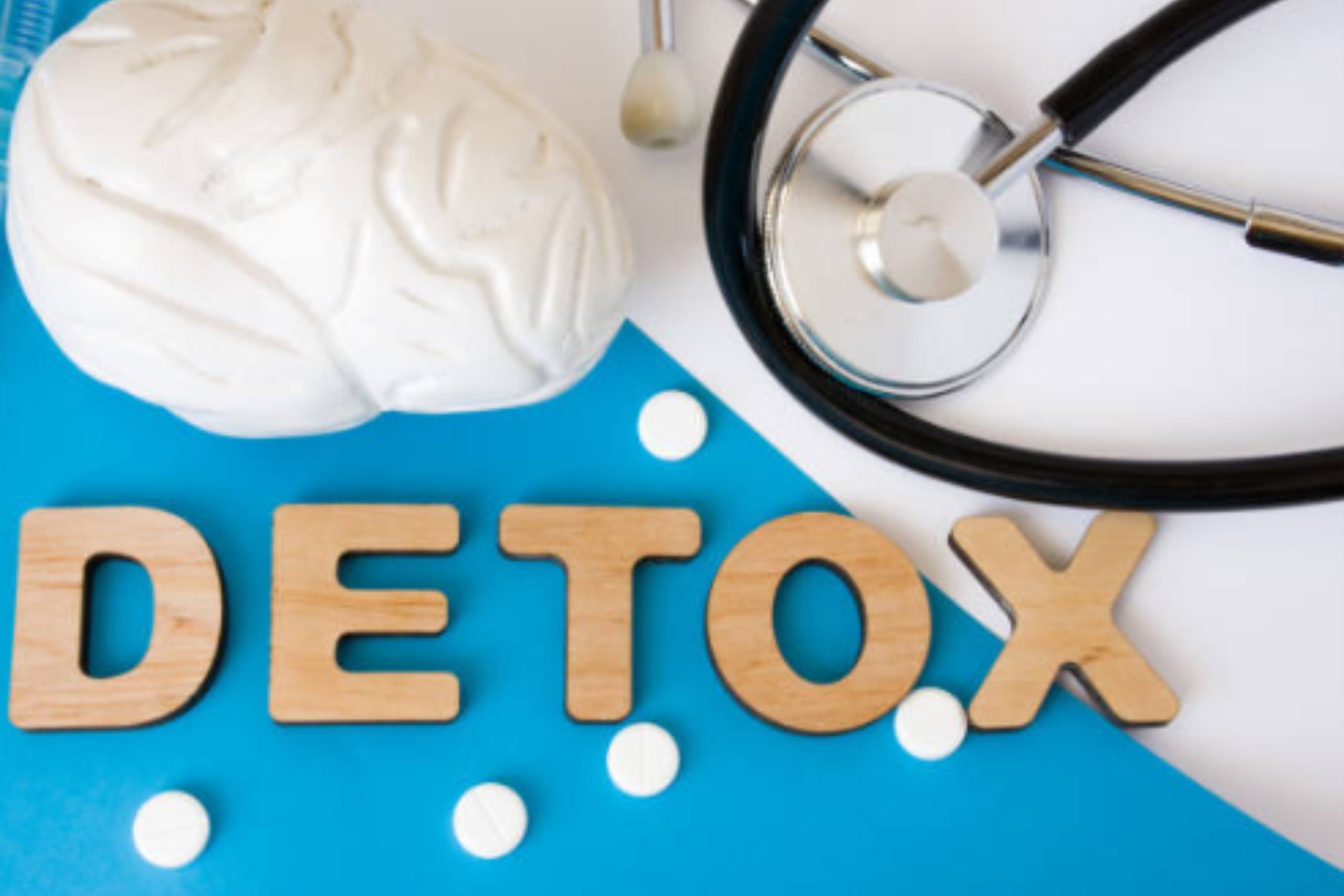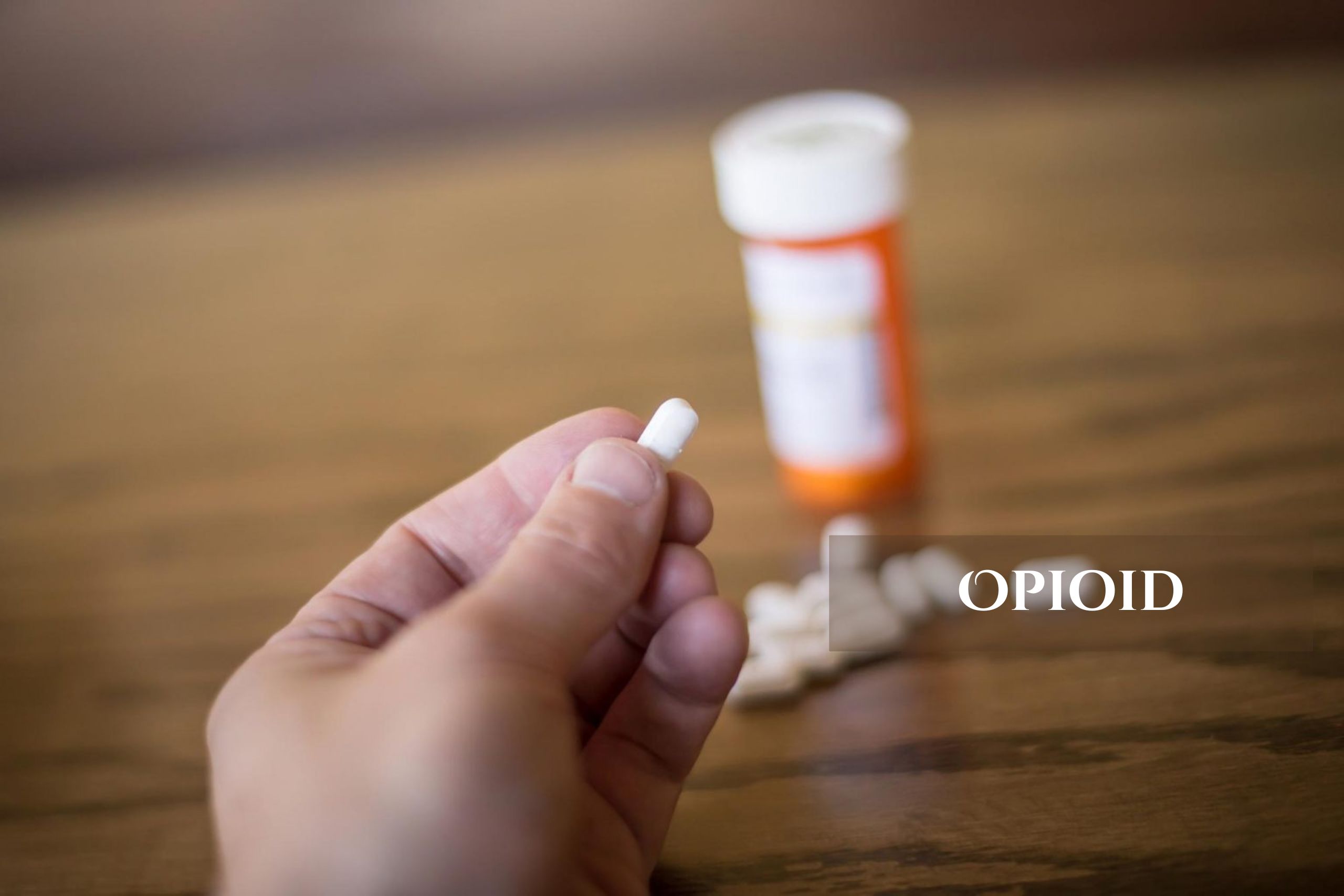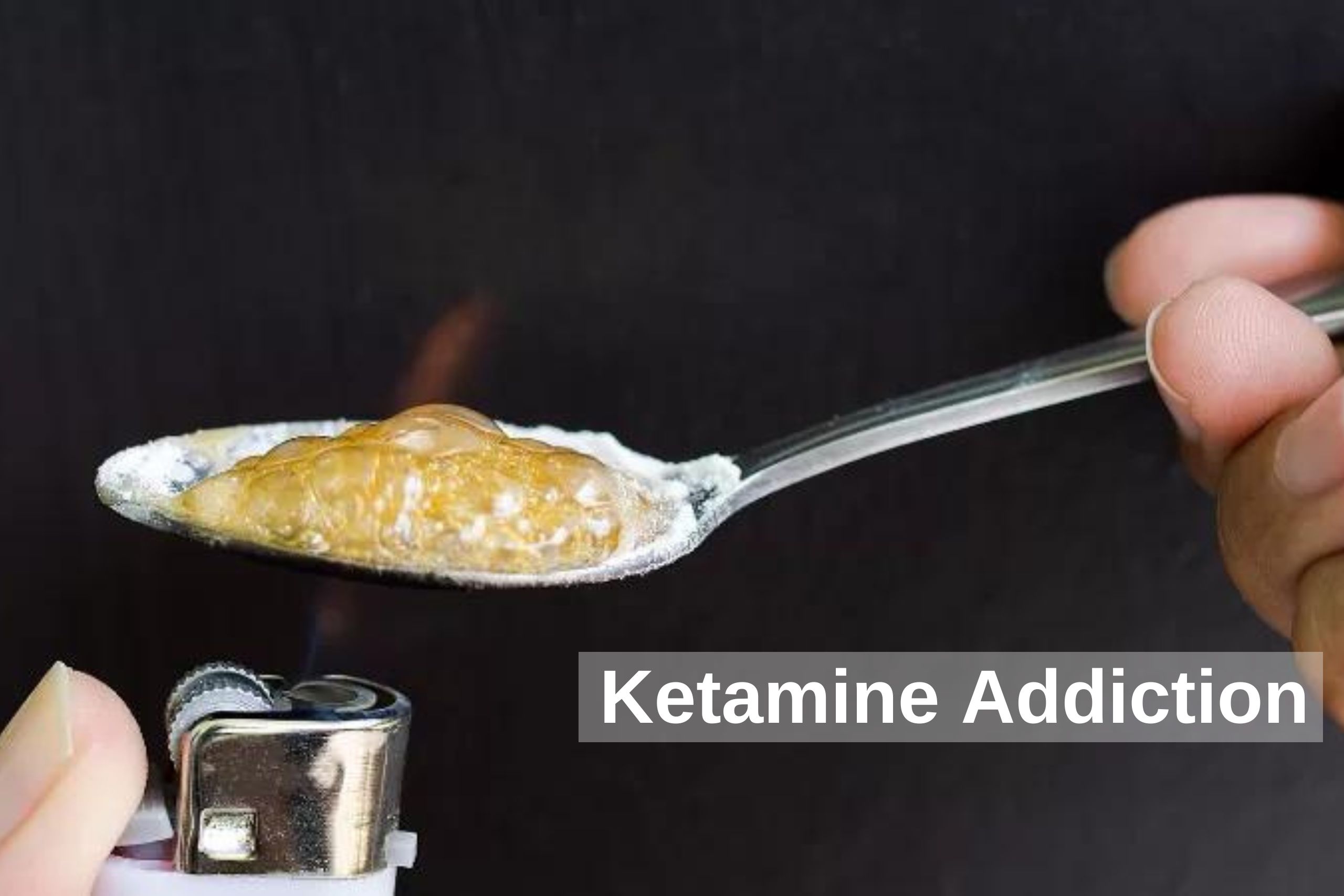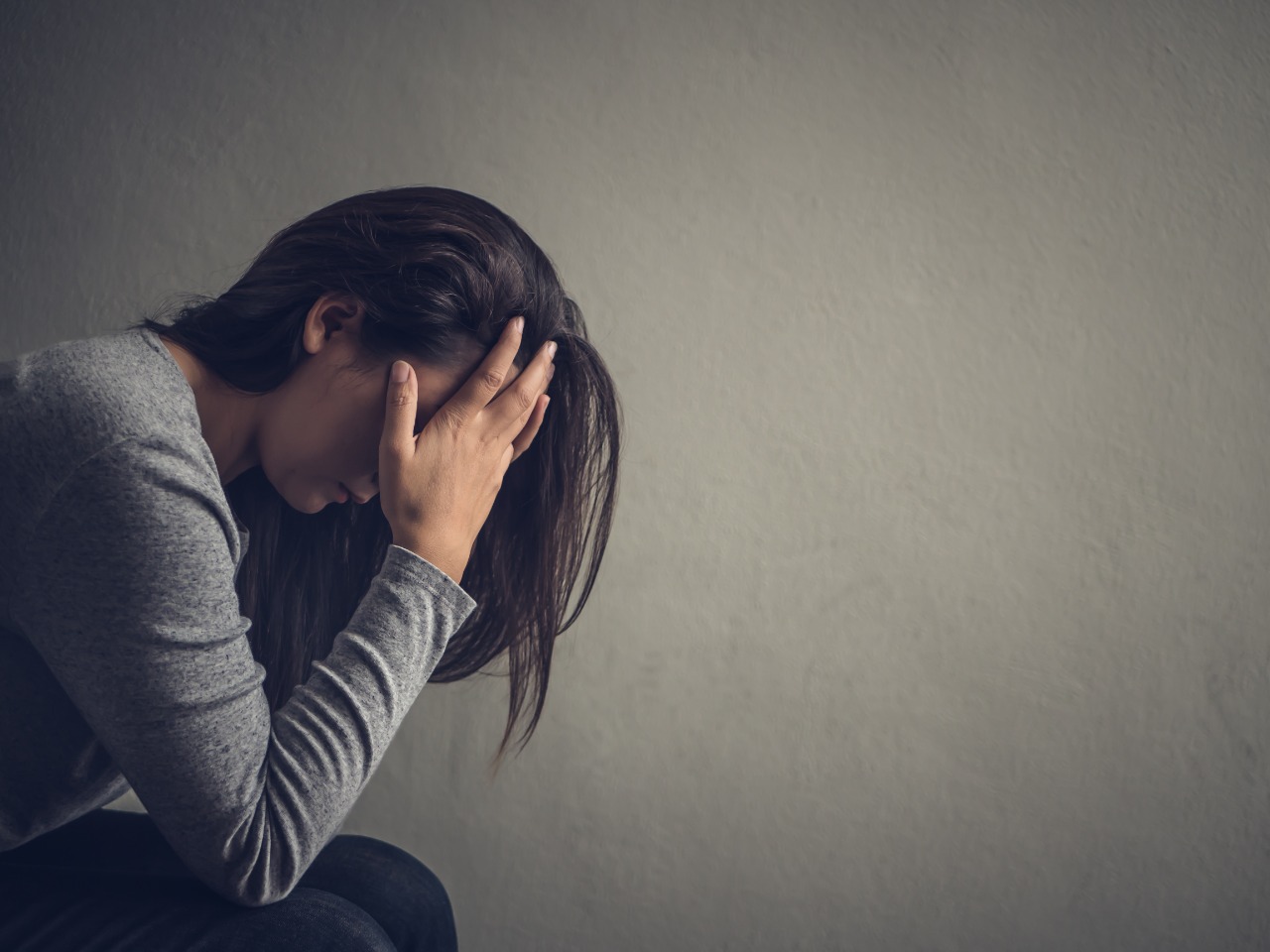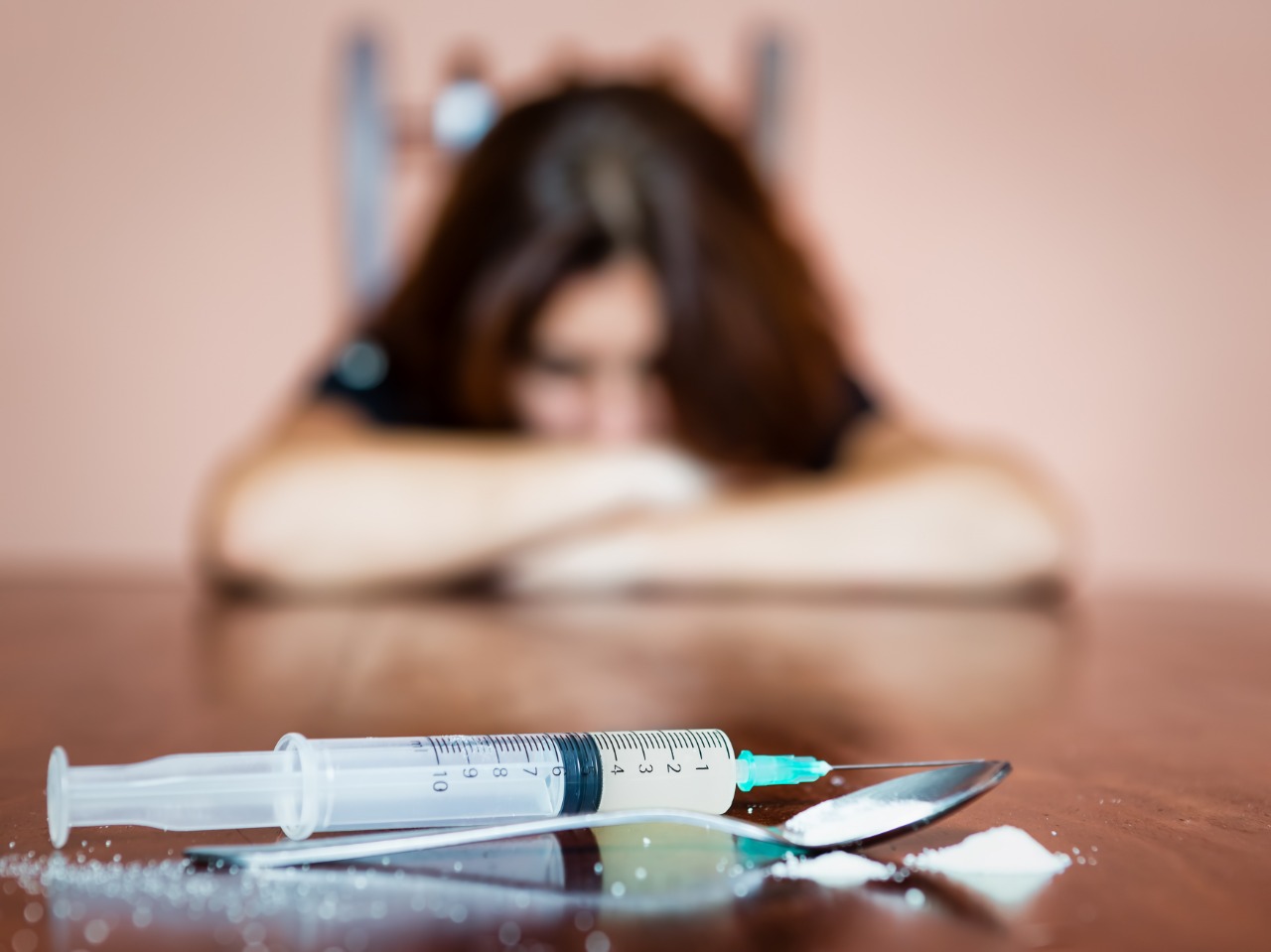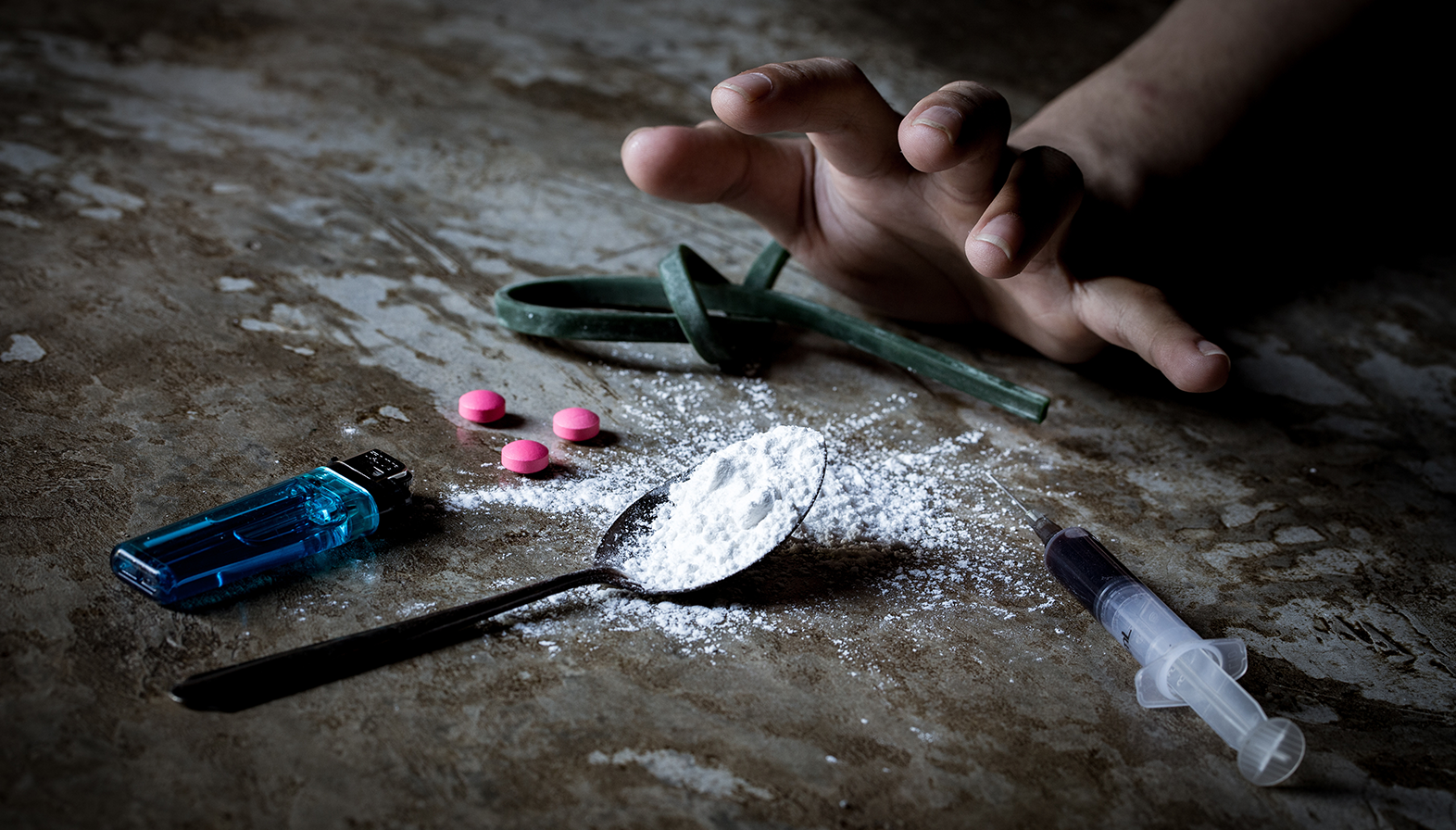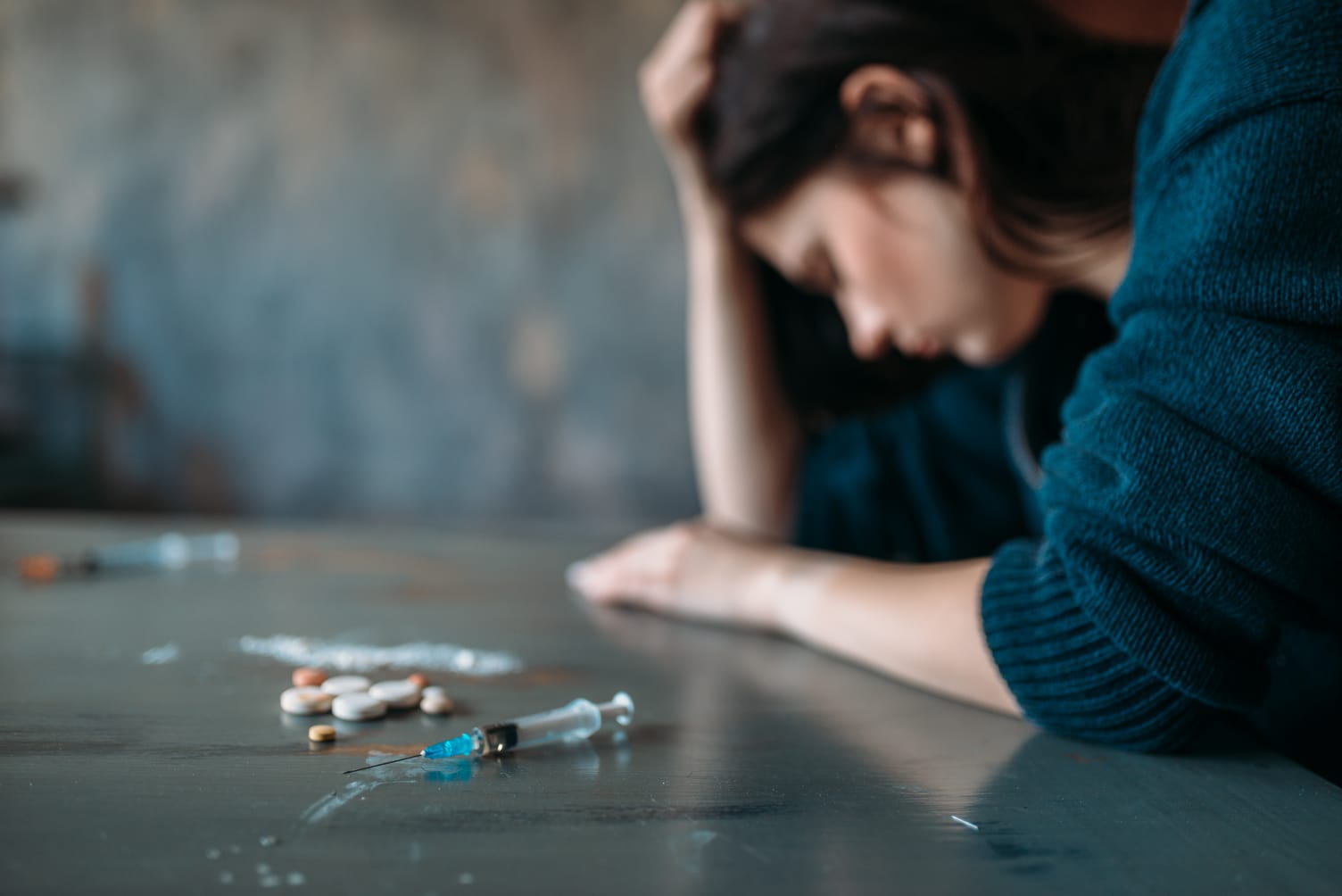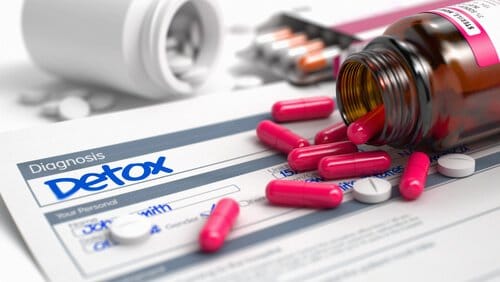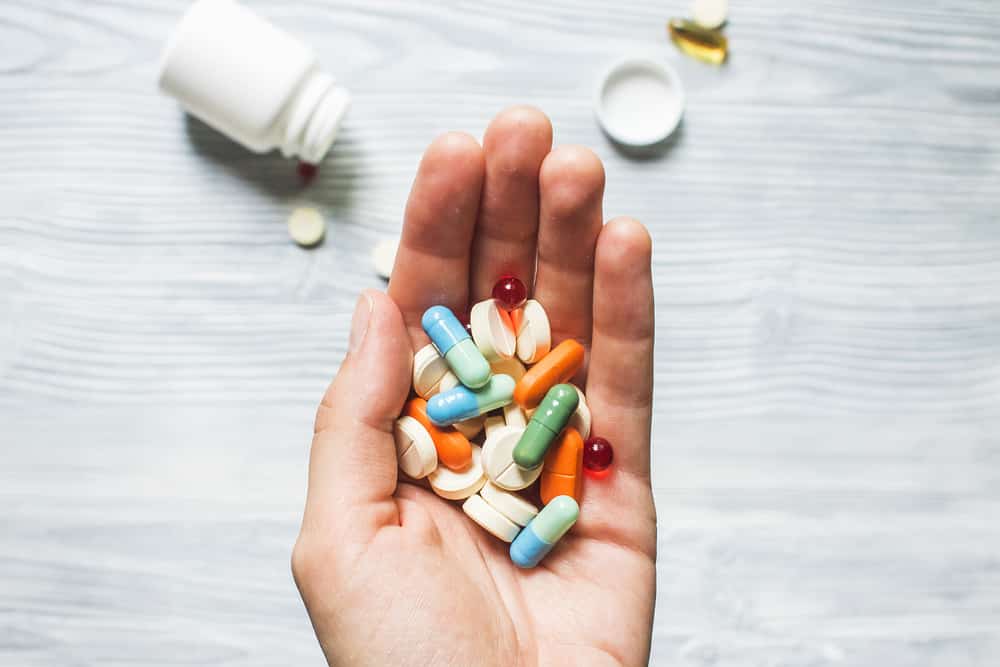The Dangers of DIY Detox Programs
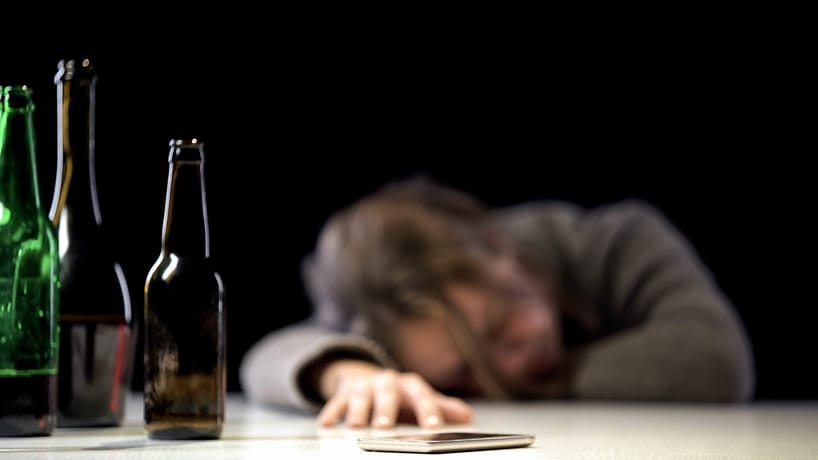
According to studies from the Substance Abuse and Mental Health Services Administration (SAMHSA), only one out of every ten alcohol and drug users receive treatment at a professional rehab center or facility. The reasons that many users do not go to receive treatment include not feeling ready to stop the abuse, cannot afford the treatment, feeling that the treatment was too inconvenient, and more.
As an alternative to outpatient detoxification, some patients attempt to get help from doing it yourself (DIY) detox plans. These plans are generally used in a person’s home, and they often involve medicine and other drugs that are not proven to help a patient recover.
Detoxing at home sounds like an appealing choice for patients who do not have time, money, or effort to invest in to get treatment from a professional. DIY detox allows patients to spend less money compared to an outpatient program, as well as use the program in the comfort of their home where they are able to continue their daily activities, and even maintain jobs and family obligations.
However, there only is one proper way to detox, and that is with professional help. No DIY detox kits will guarantee you any significant results towards recovery, or will allow you to withdraw from alcohol or drugs in a safe way. In the worst case scenario, a DIY detox plan could cause you to end up in the hospital, in which the bill would cost more than the outpatient detoxification treatment.
There are several downsides to relying on DIY detox programs. These include still having access to the drugs that you may try to get away from, in addition to being familiar with places that would trigger you to use them. The stress and psychological issues that a person might experience at home might still encourage the user to drink and do drugs, as if no change or detox plan had even begun.
Studies have shown that of a population of people who managed to recover on their own, 57 percent of those people did so by considering the benefits and detriments of drinking. The most common reason why those people their maintained abstinence was spousal support, or support from a family member.
Rather than DIY detox plans, outpatient detox is another option that we recommend strongly. Patients can still live at home, but visit a treatment center for availing services at a certain time of day. Treatments can take from one intensive session to a series of shorter sessions. Outpatient detox programs can last from 3 days to 2 weeks, depending on the program that is chosen.
Outpatient detox programs are more affordable than inpatient programs. These programs also allow you to interact with peers who may be suffering from the same or similar problems at the same time. These detox programs will not affect your job, either, as these visits can take place outside your working hours, including during evenings. With outpatient detox, you will also have access to effective and safe medications that can help mitigate withdrawal symptoms.
Of course, many people choose to avoid getting professional help due to how much it costs, but there are more ways than ever before to afford a plan for treatment. For users who do not have health insurance, clinics offer flexibility on payment plans so that more patients are able to pay. Flexible payment plans allow you to pay in increments each month, and the less money that you have to pay each month, the more months you will need to pay for. However, whatever payment plan that patients can afford is definitely worth it.
Related Articles
Beware Withdrawal Symptoms – They Can Be Fatal!
Sublocade: Directionally Positive, but Not a Panacea
Drug Rehab and Detox in Nj: Why You Should Seek Treatment for Withdrawal Symptoms




